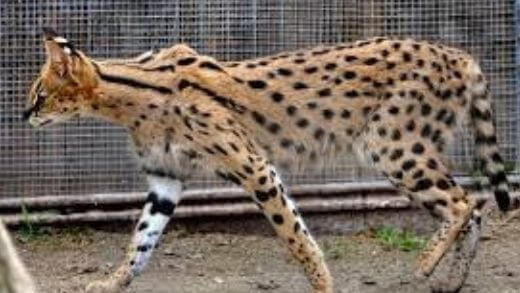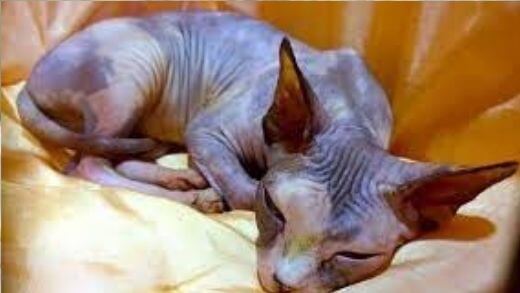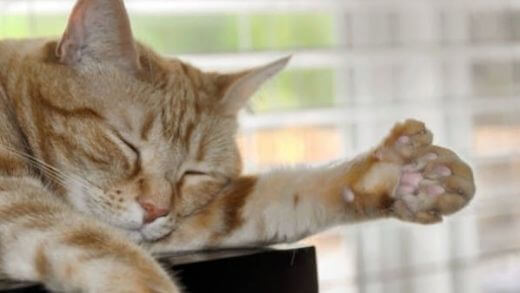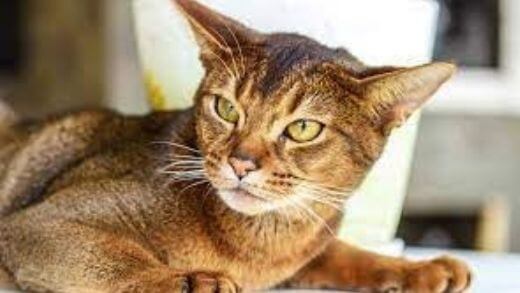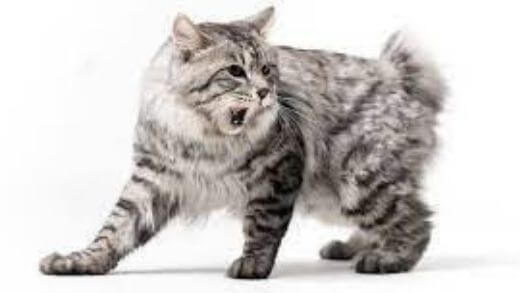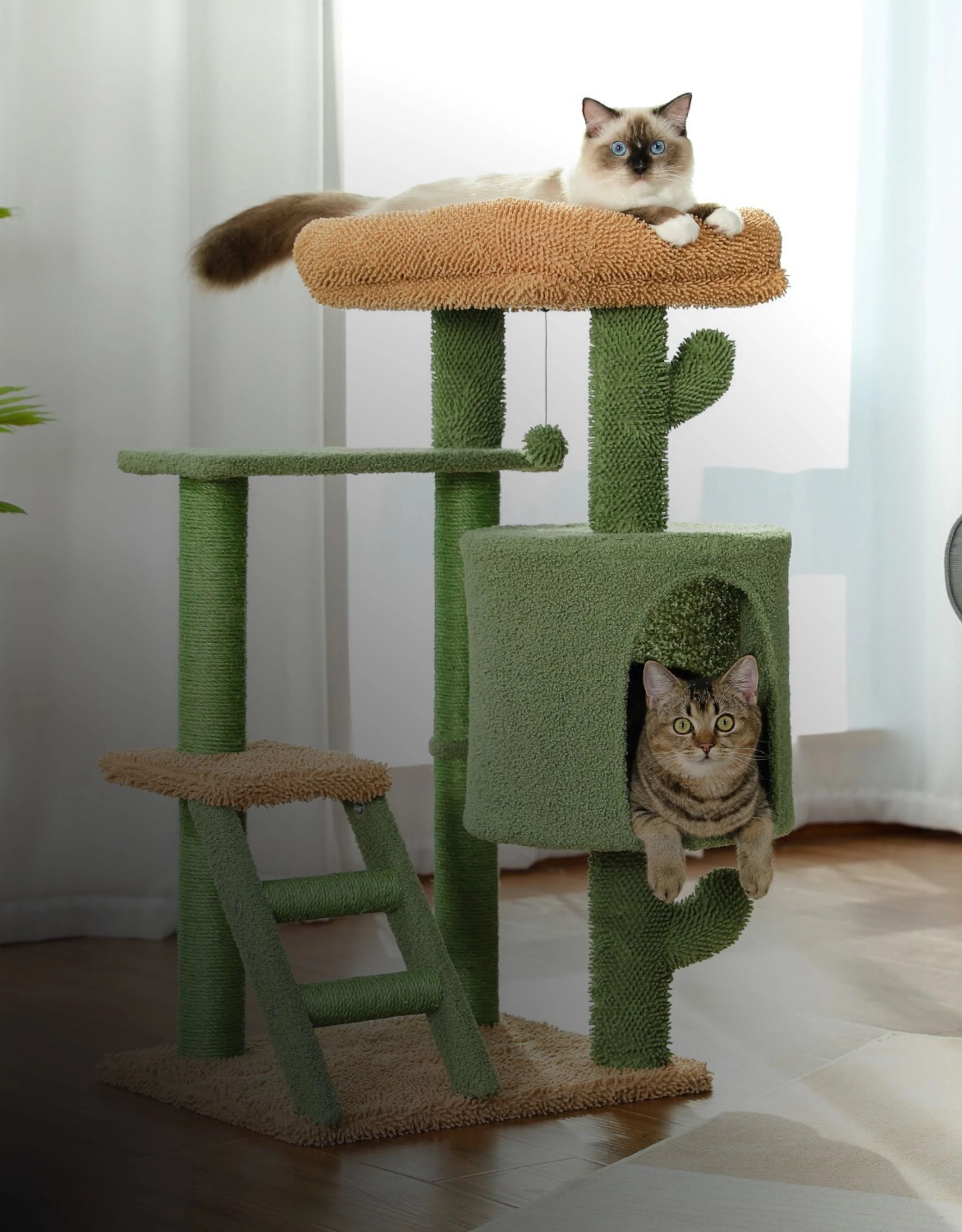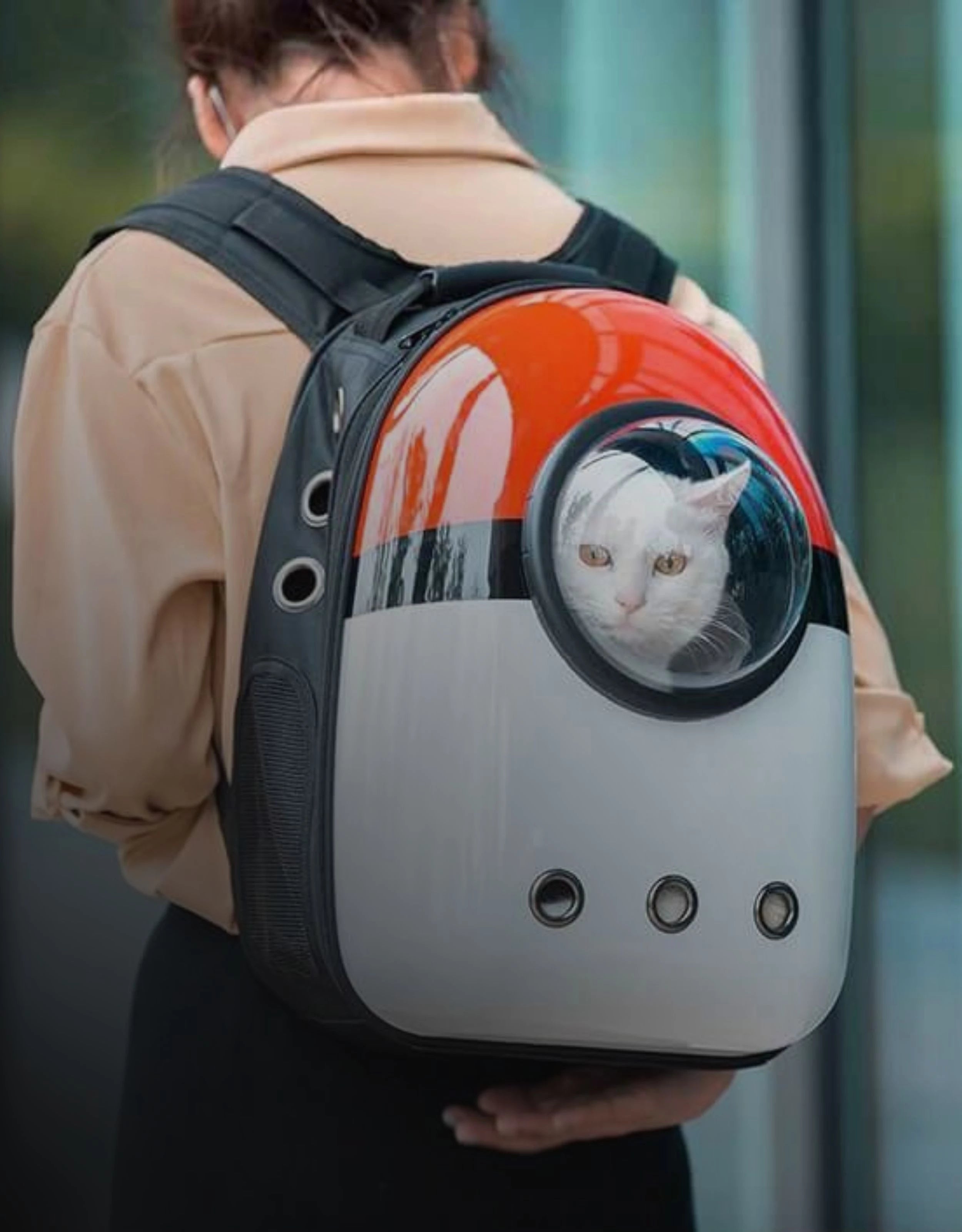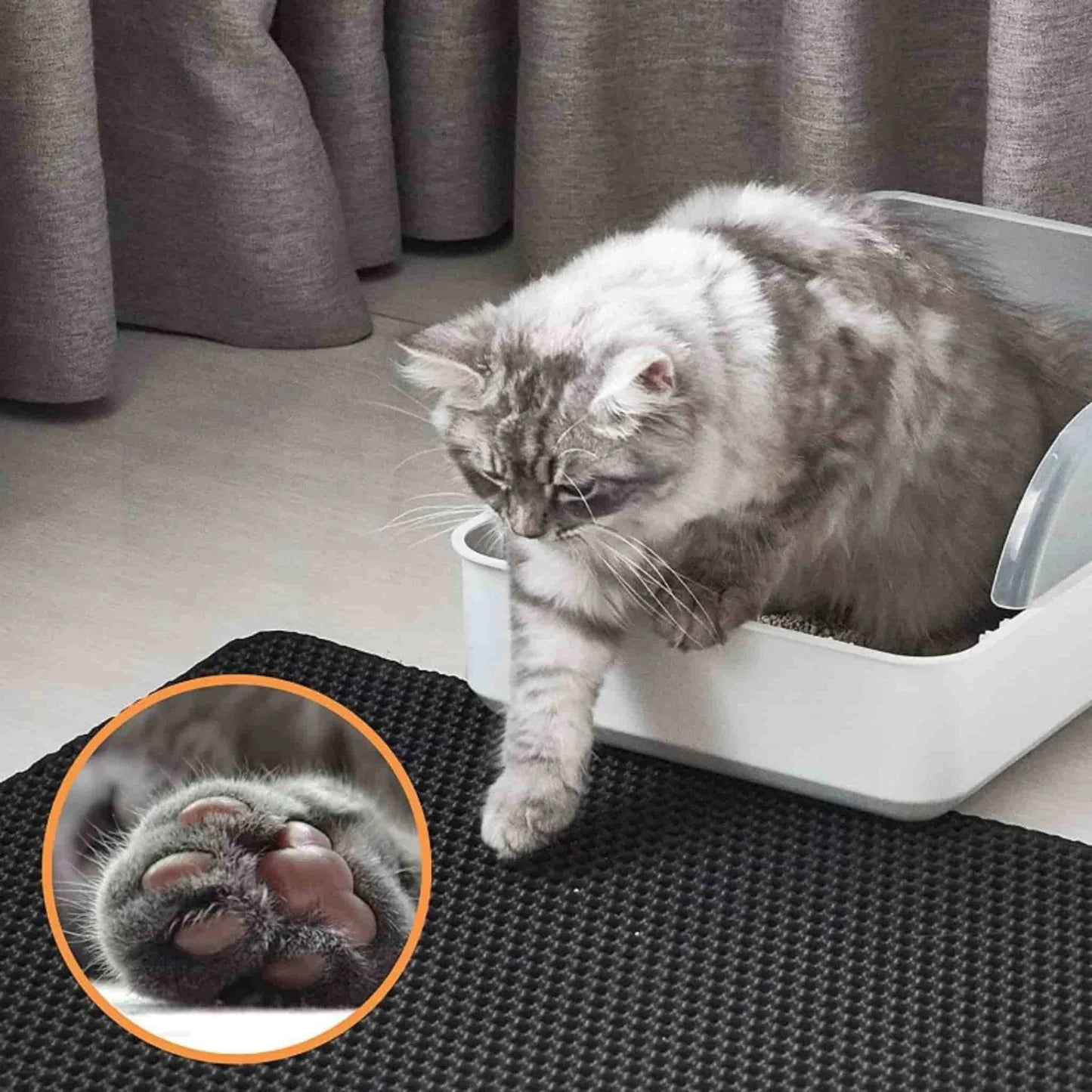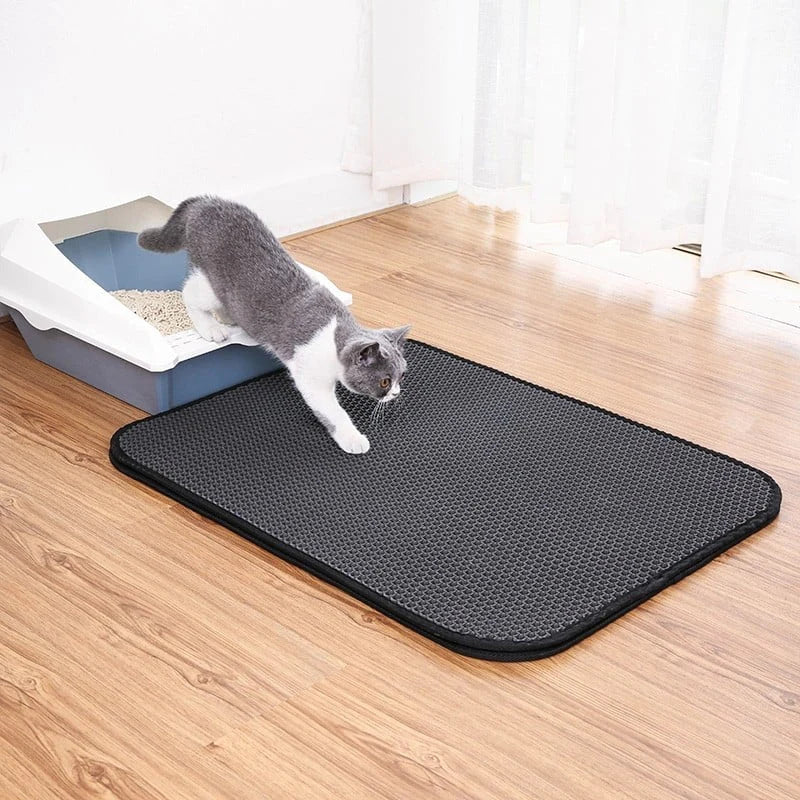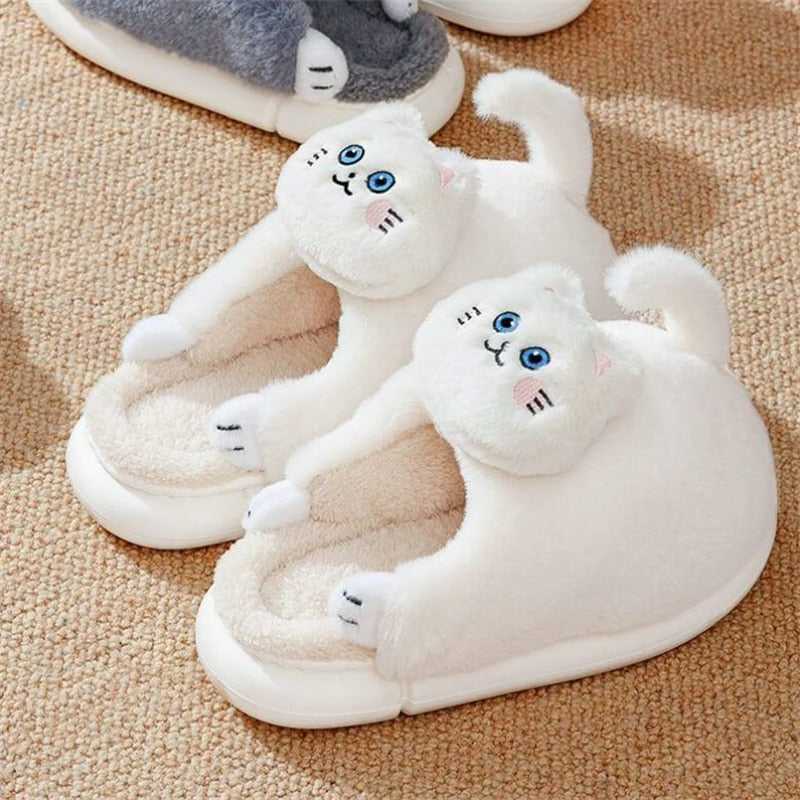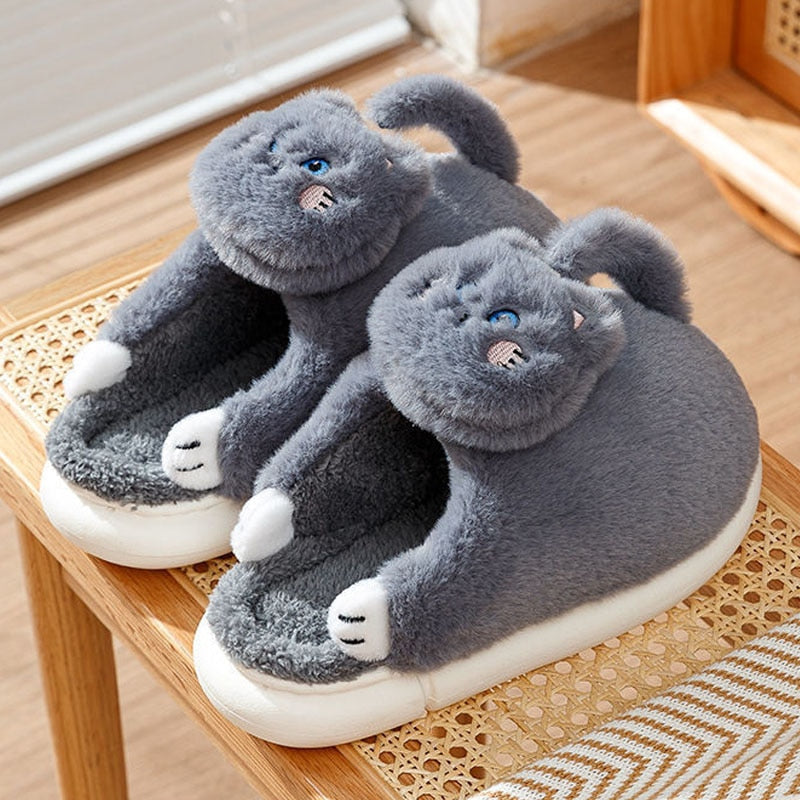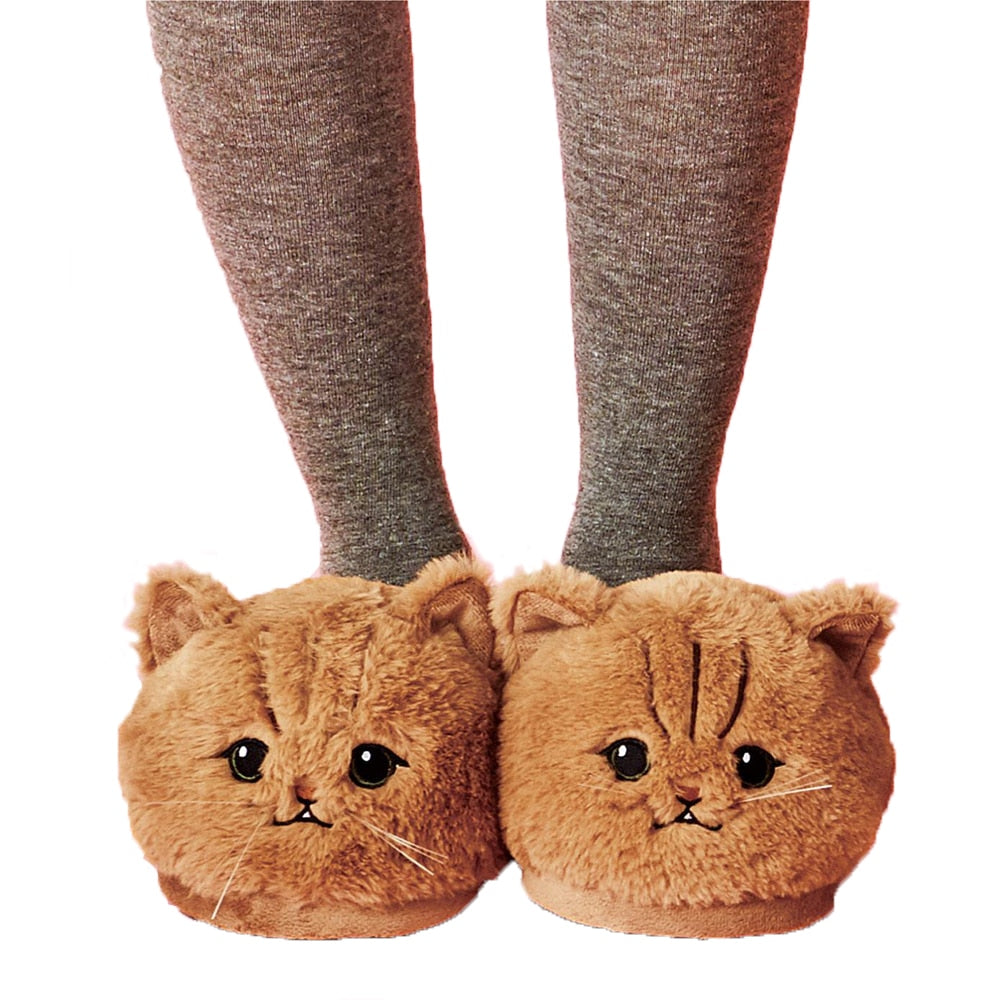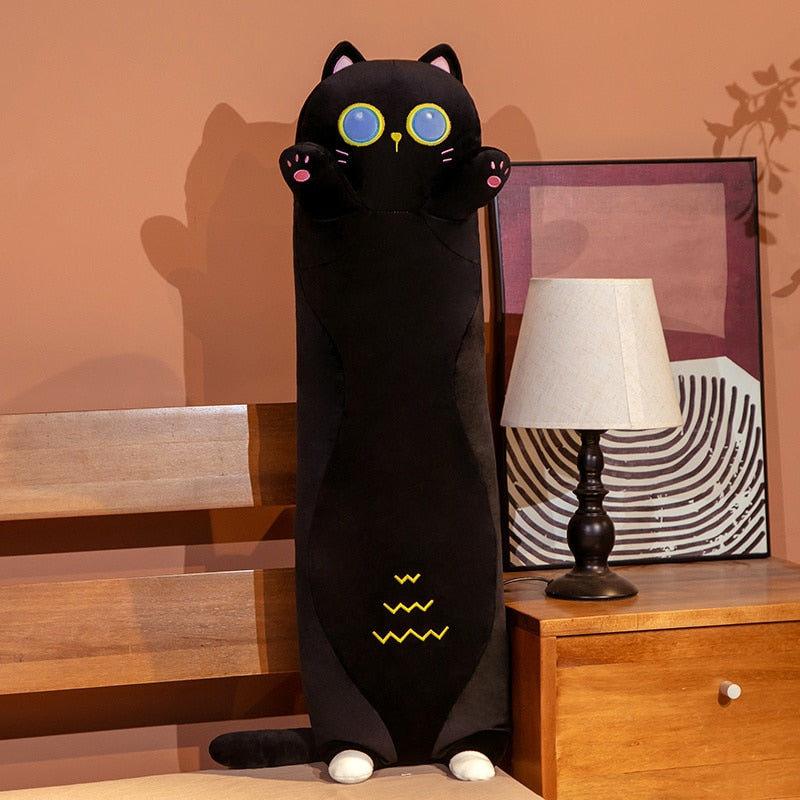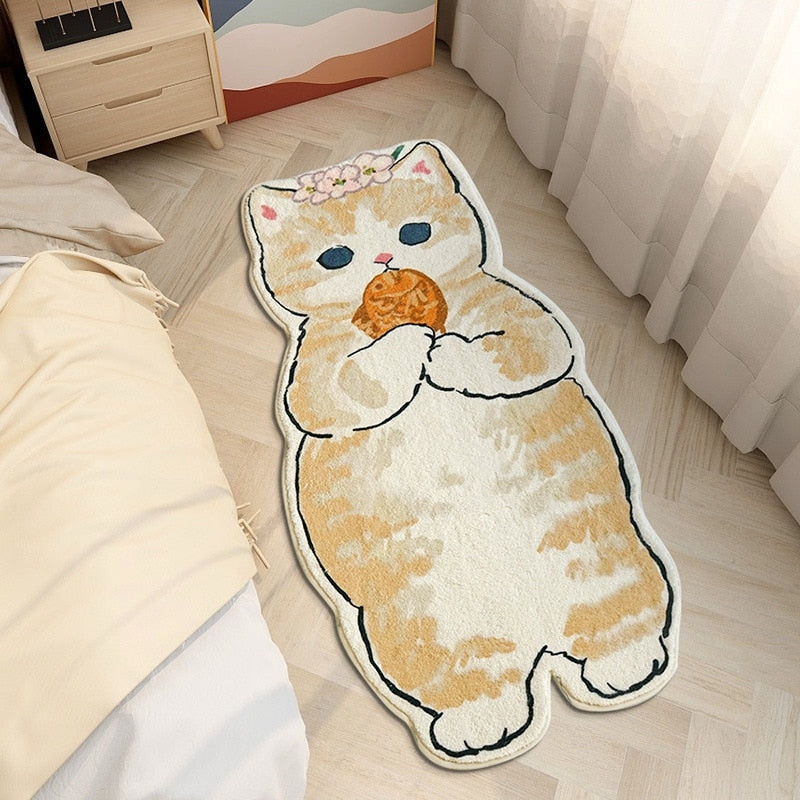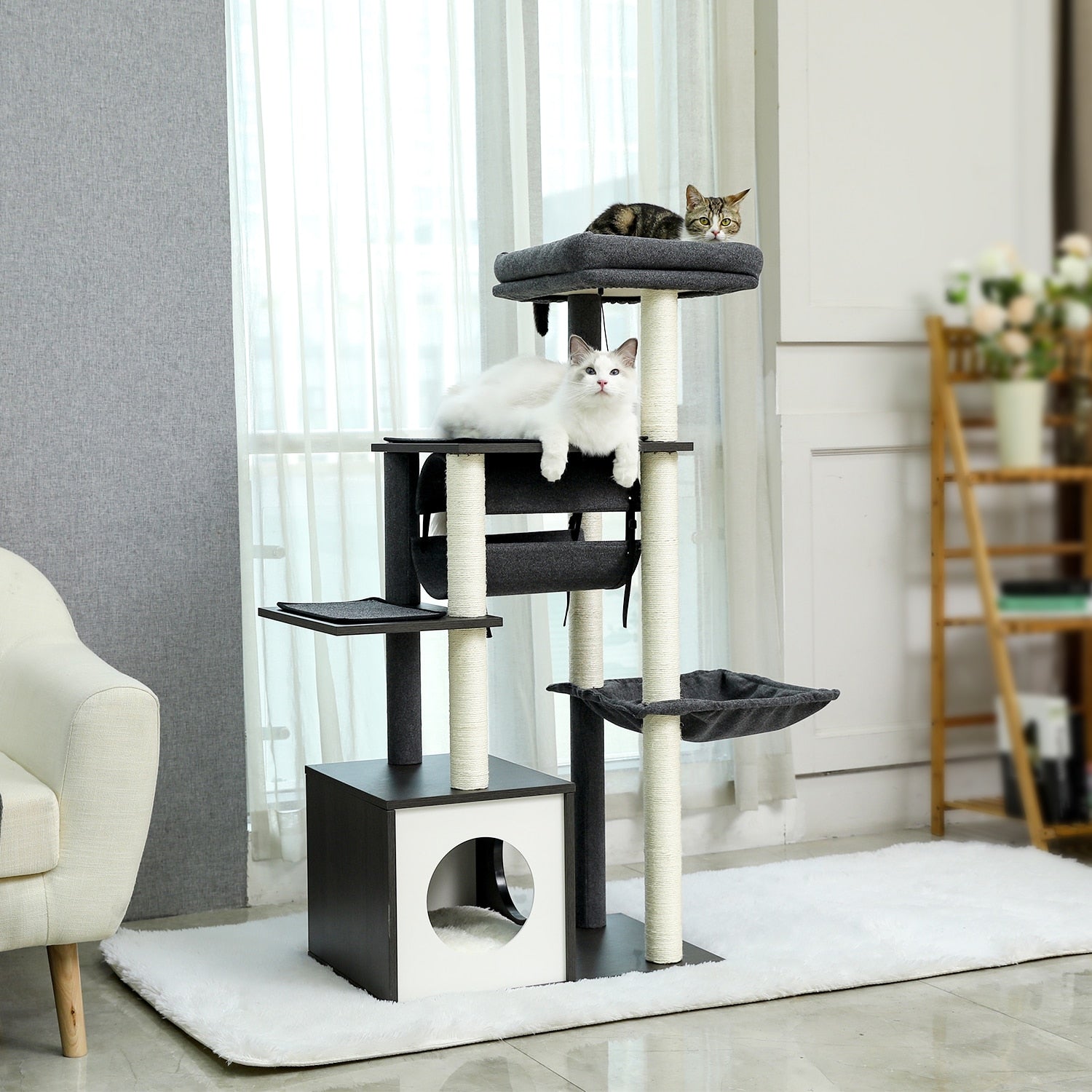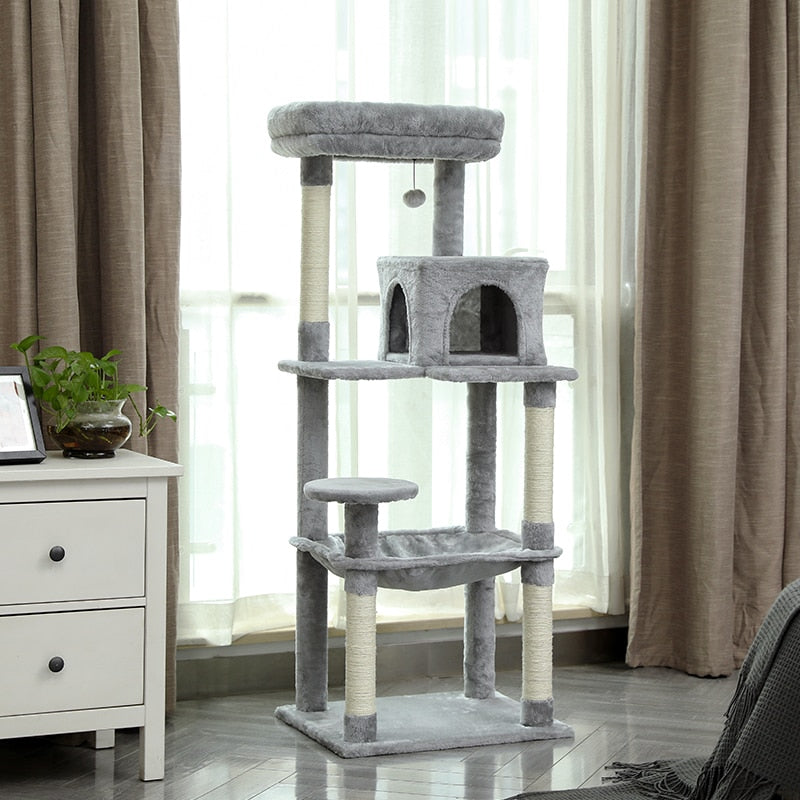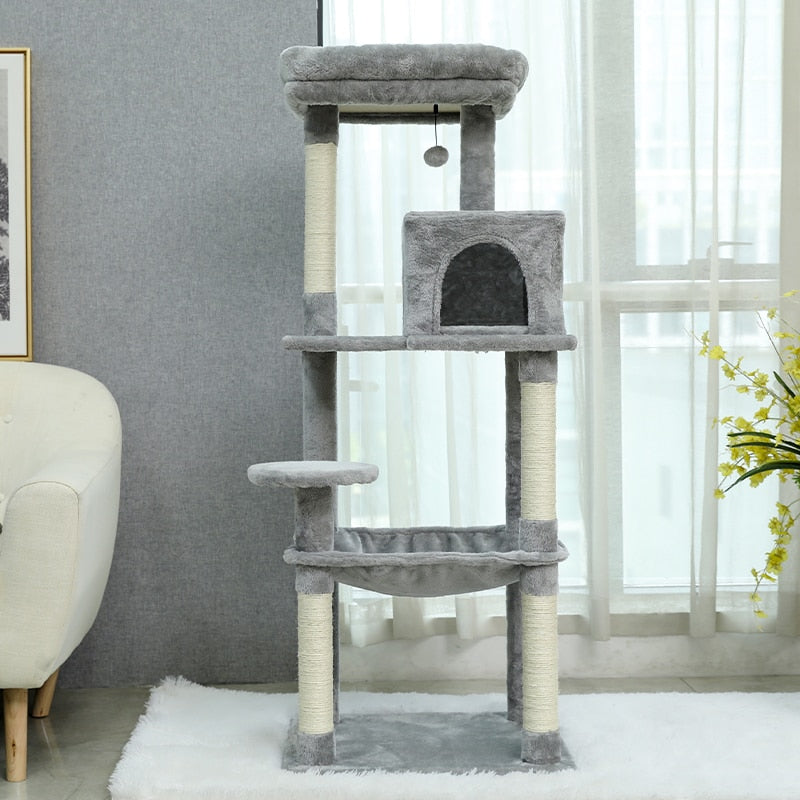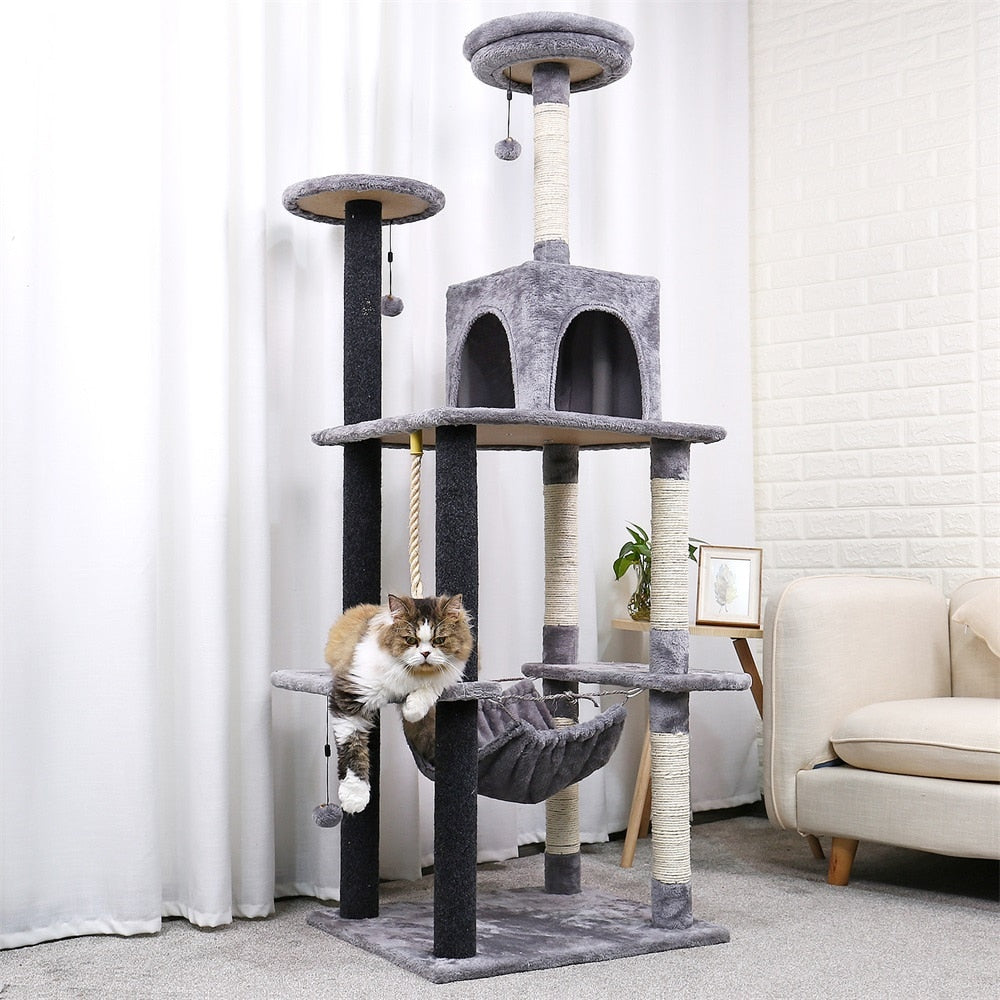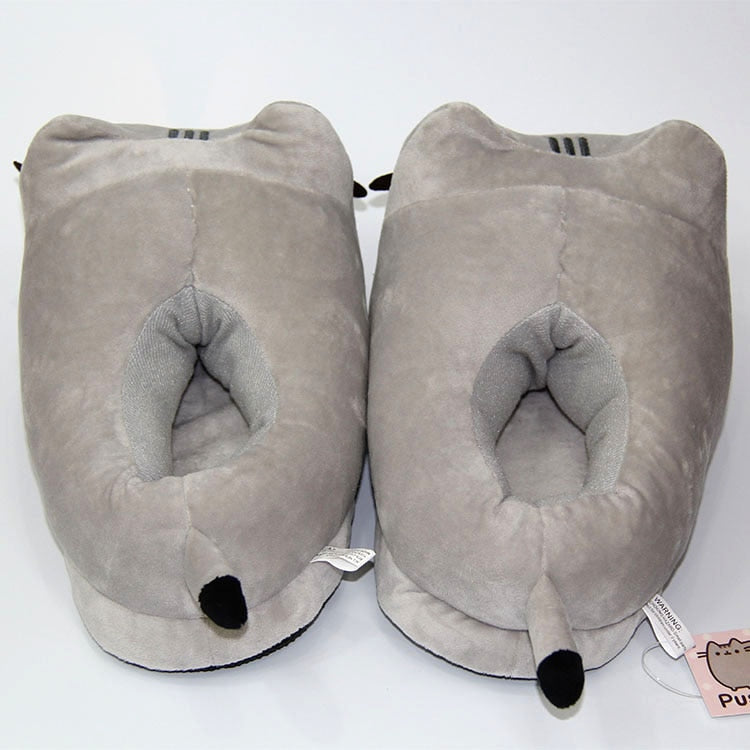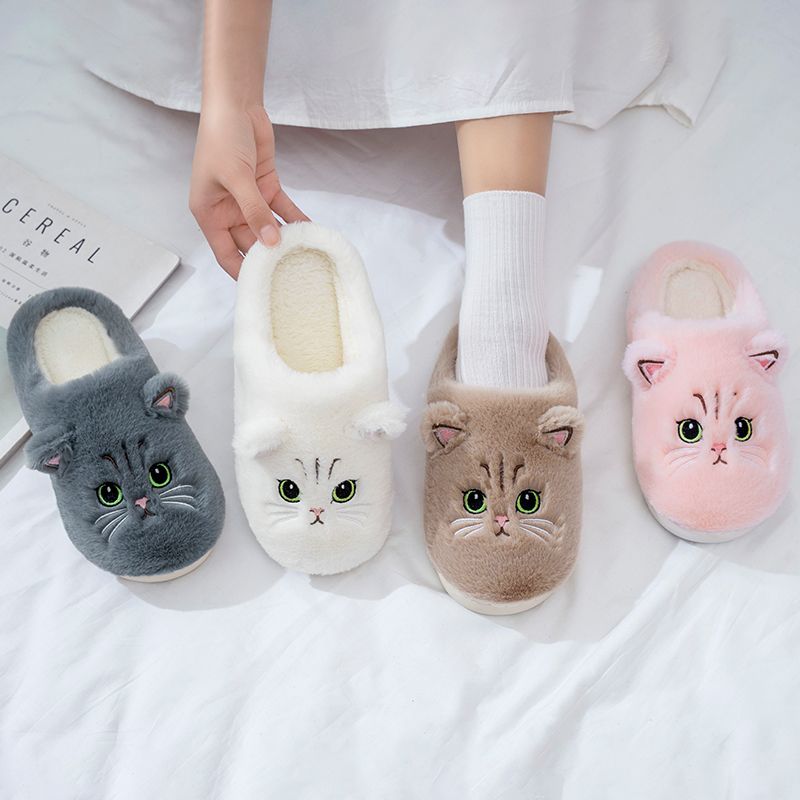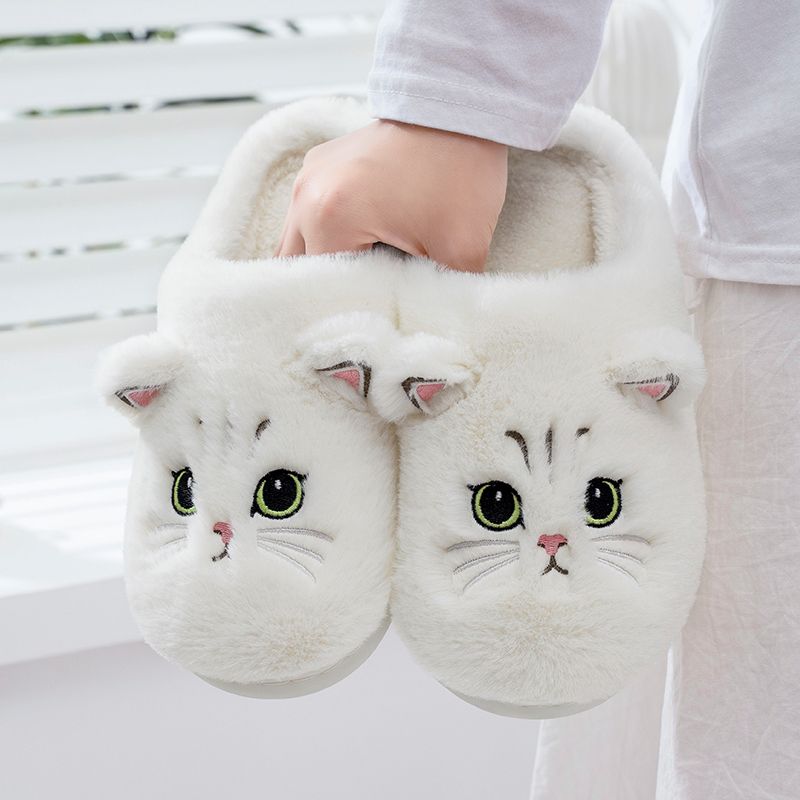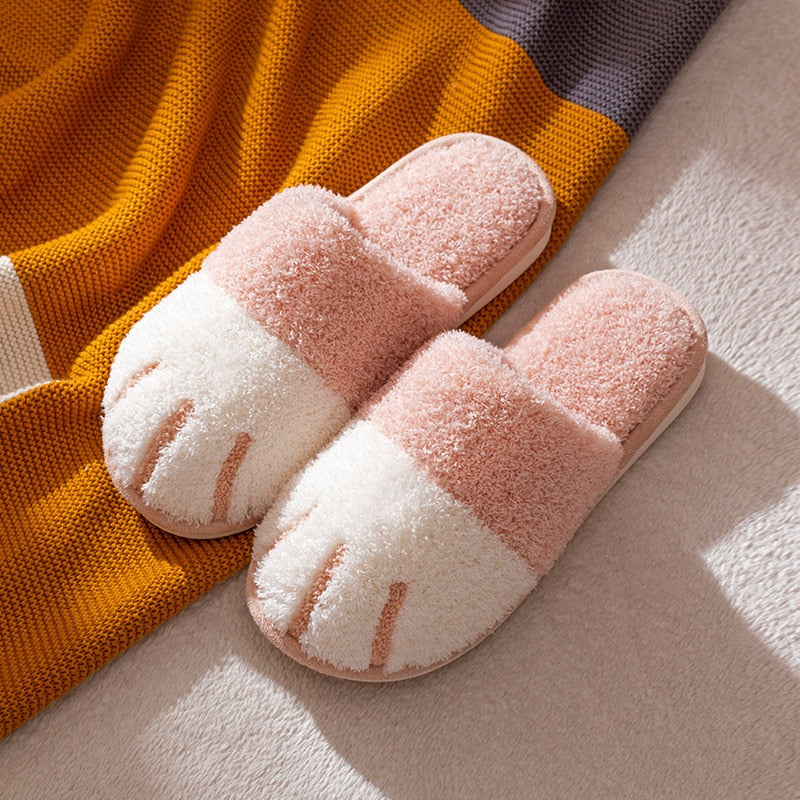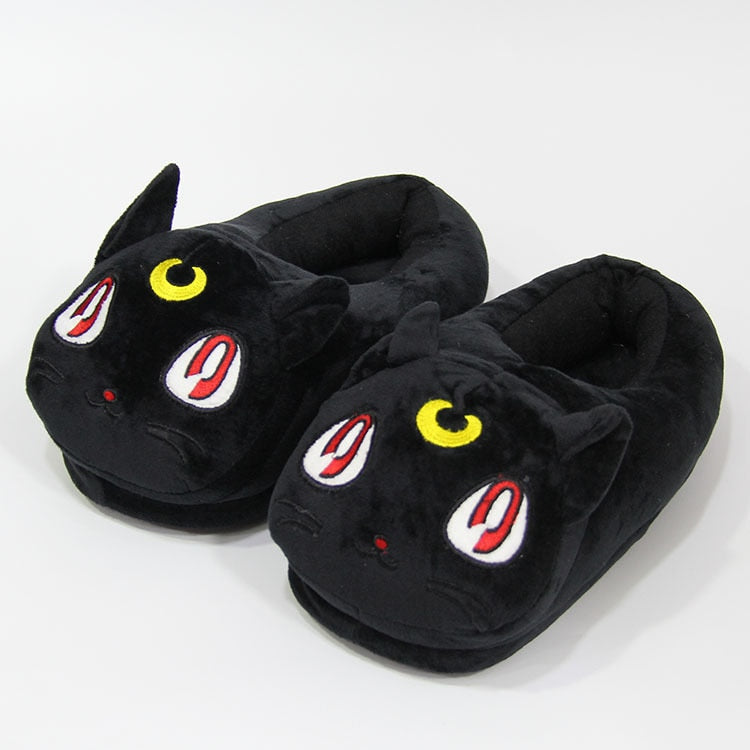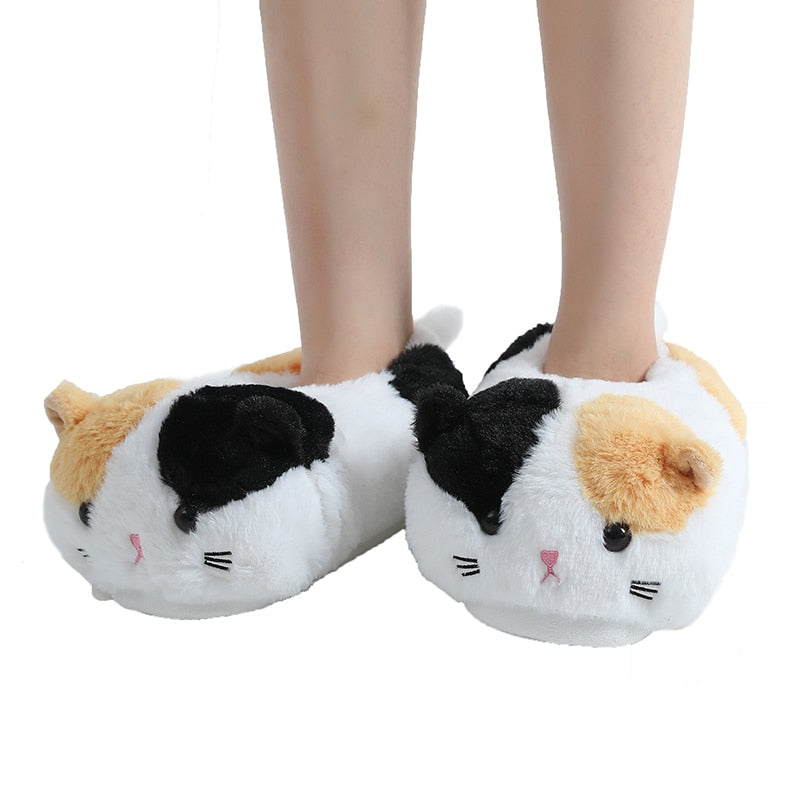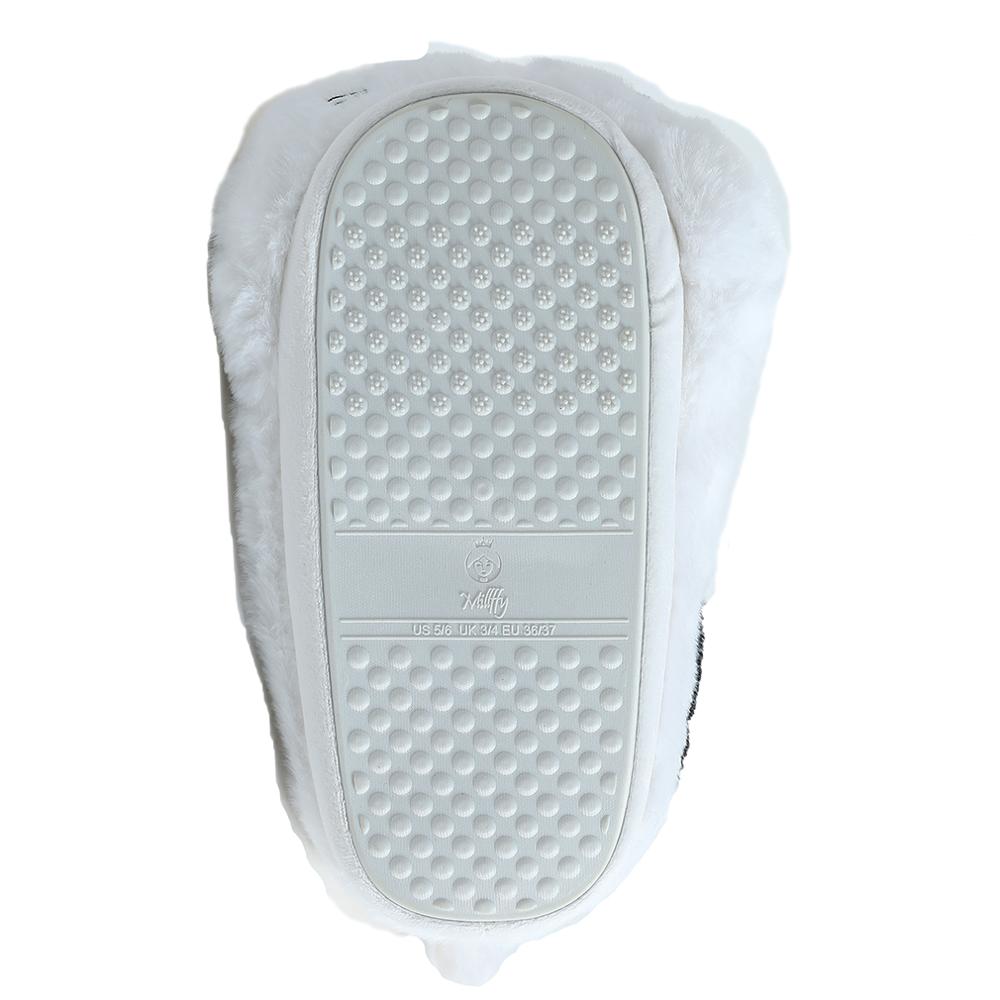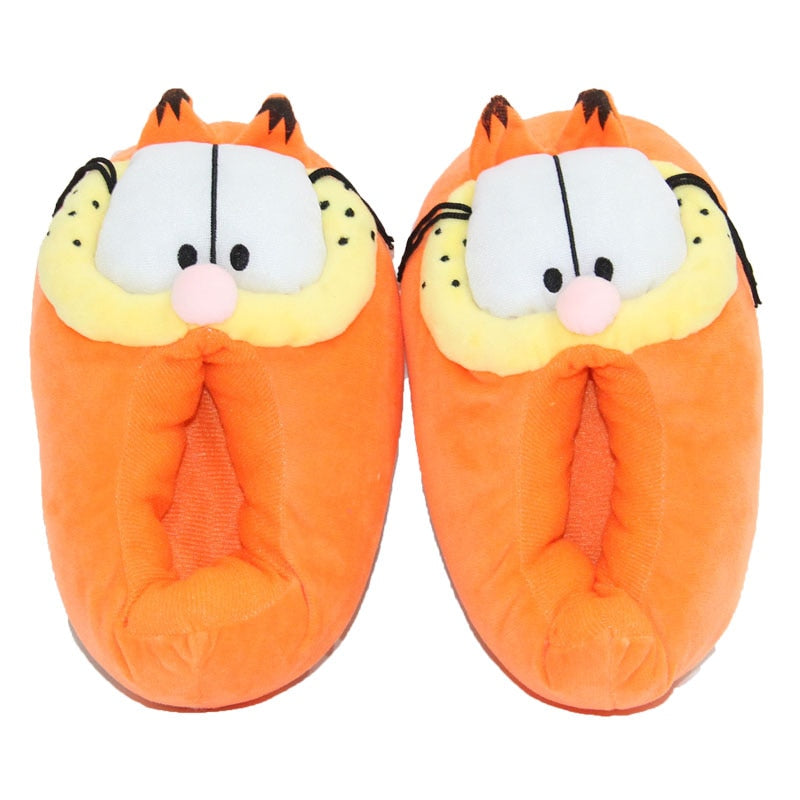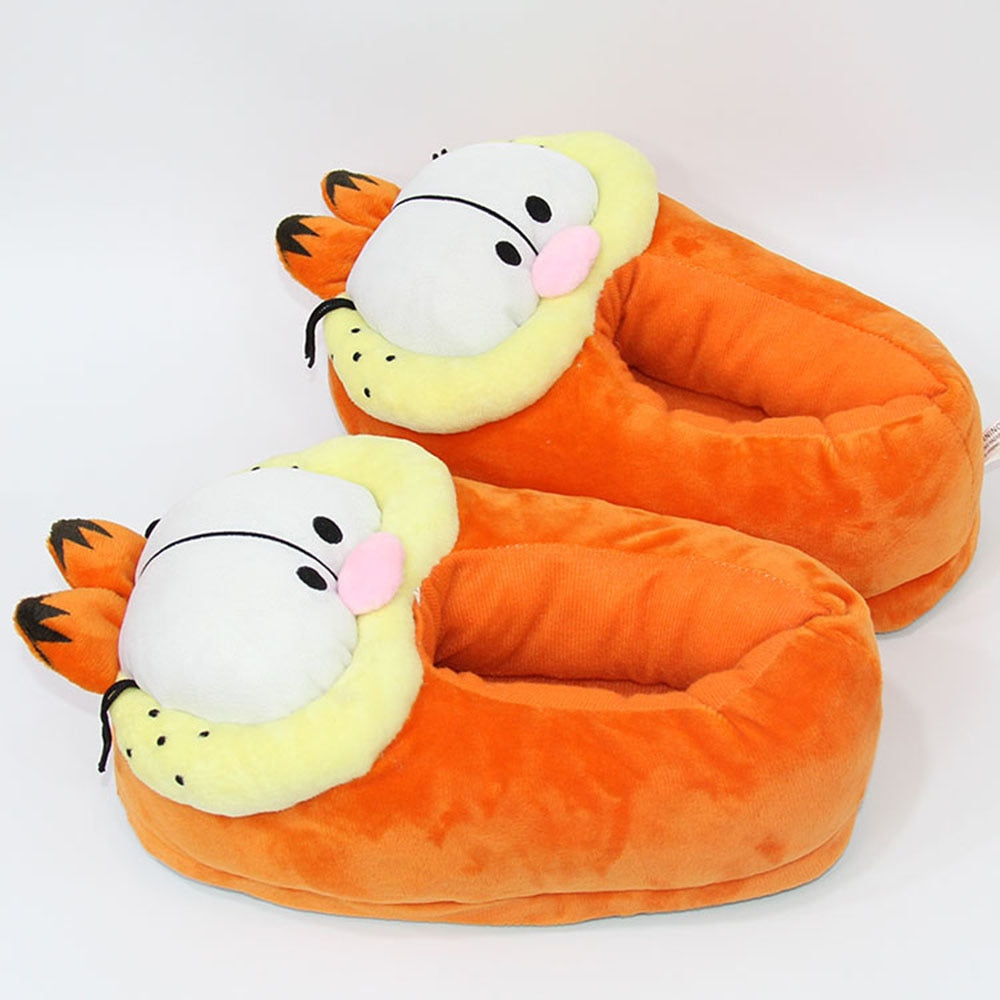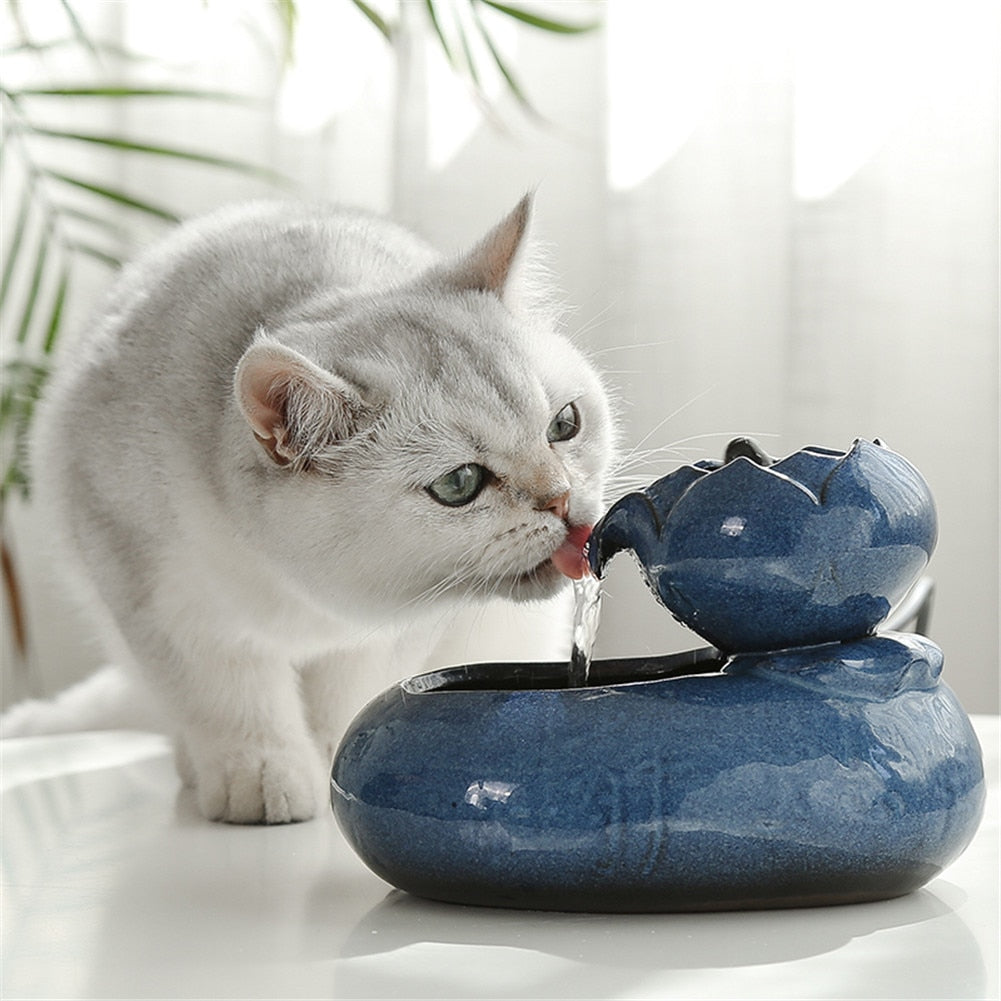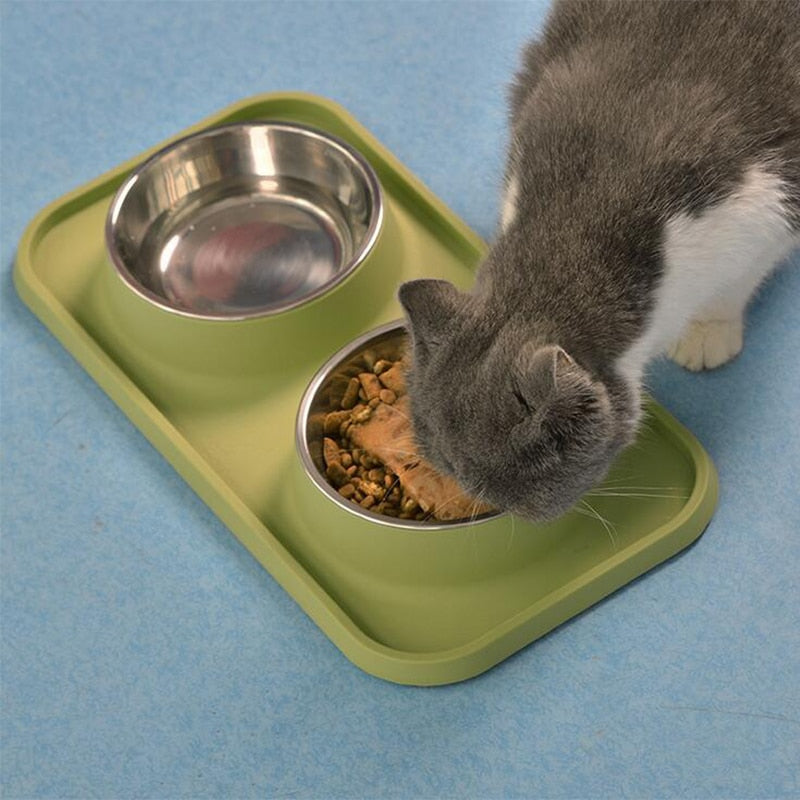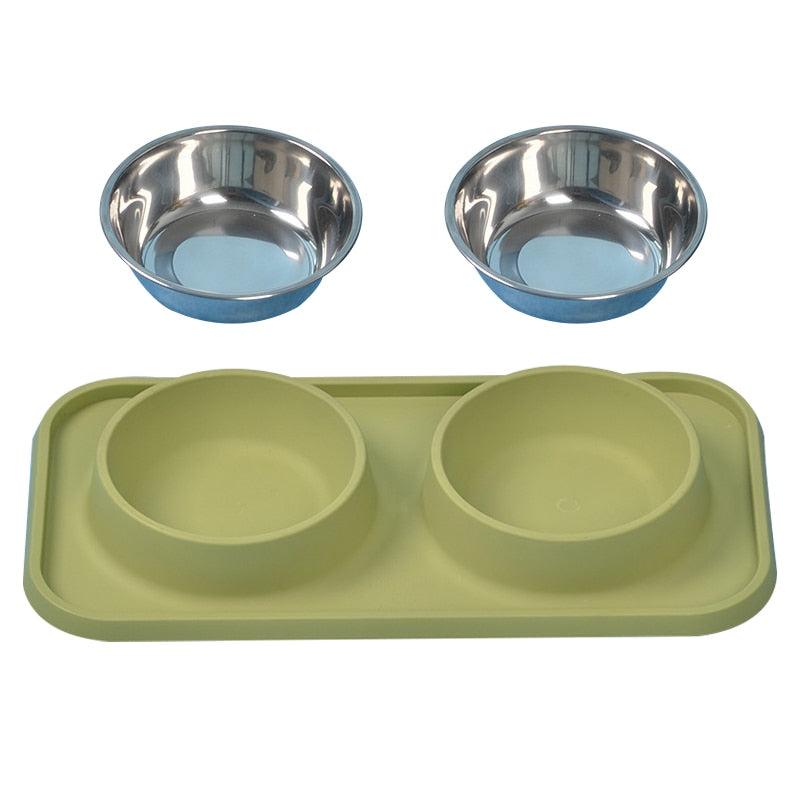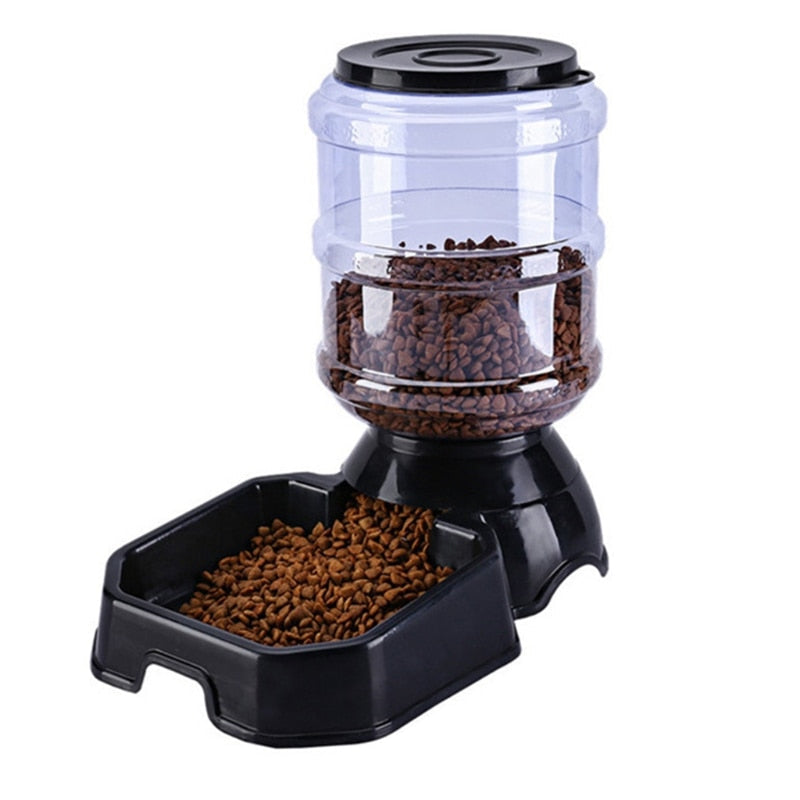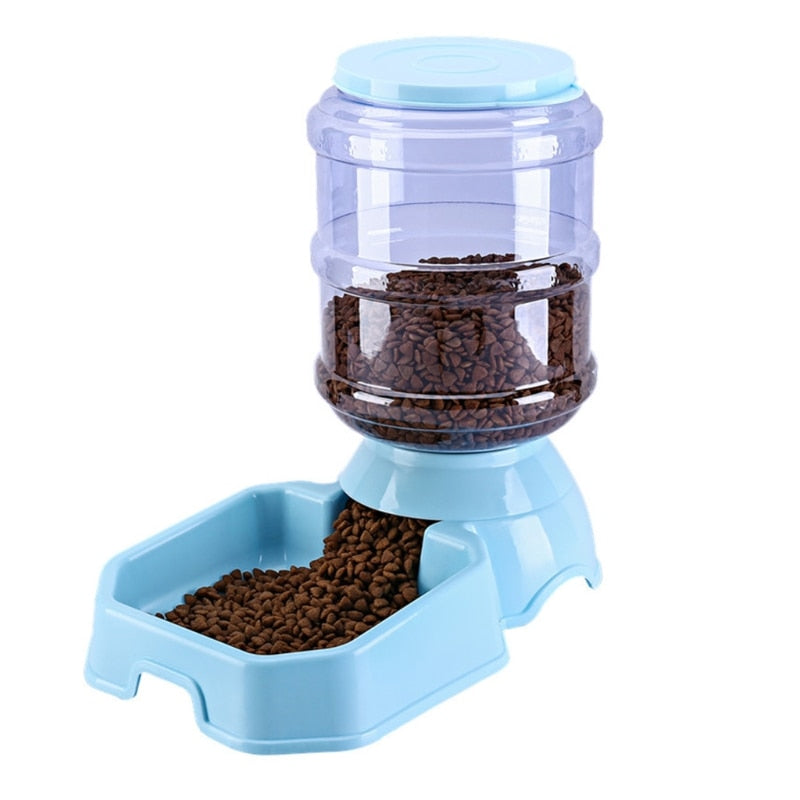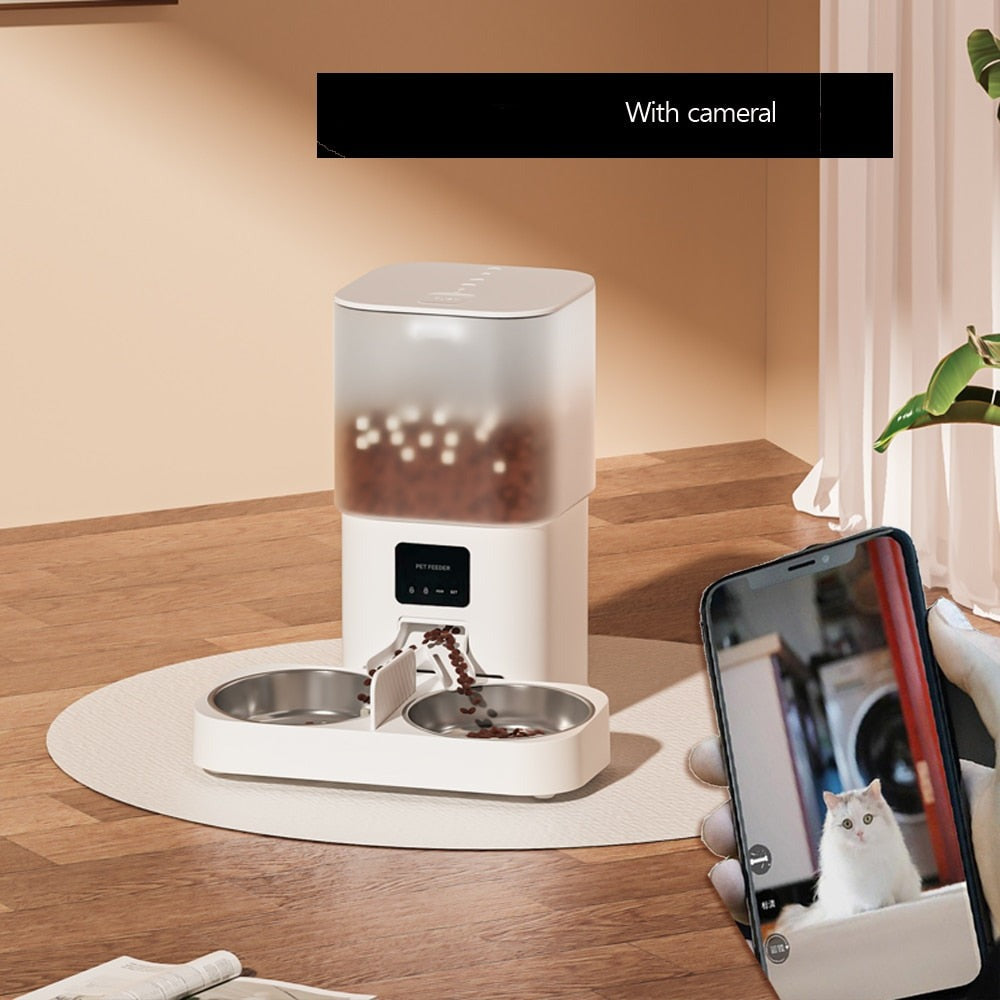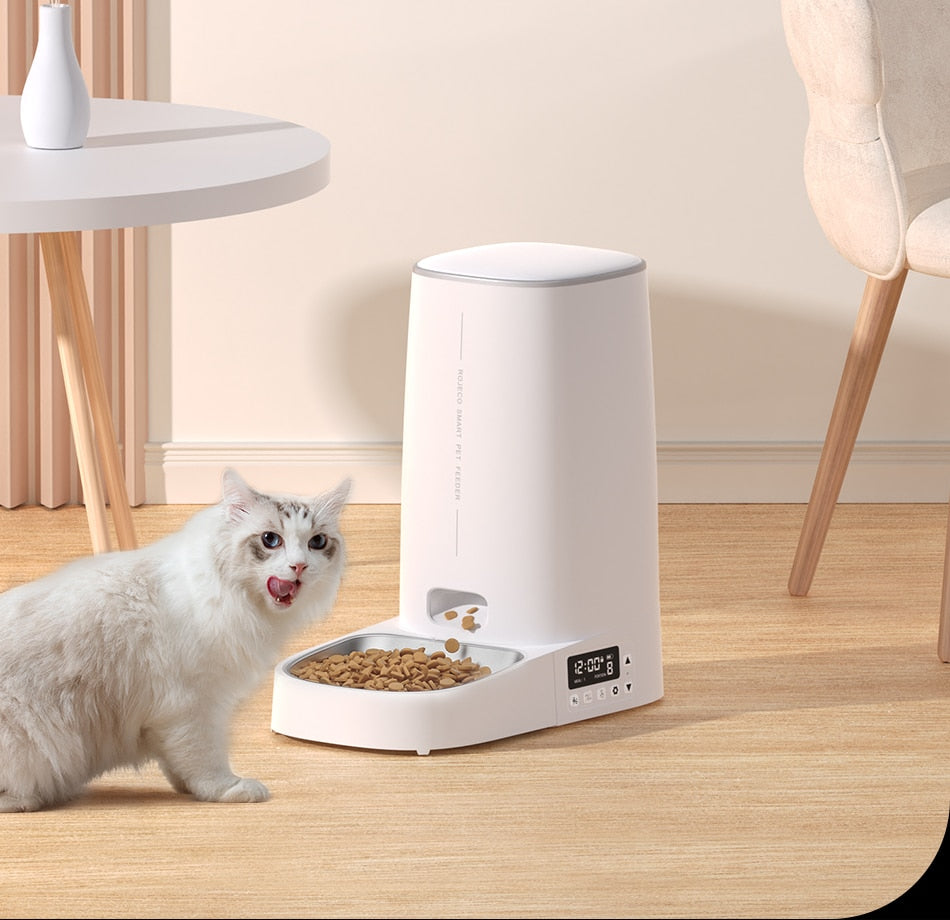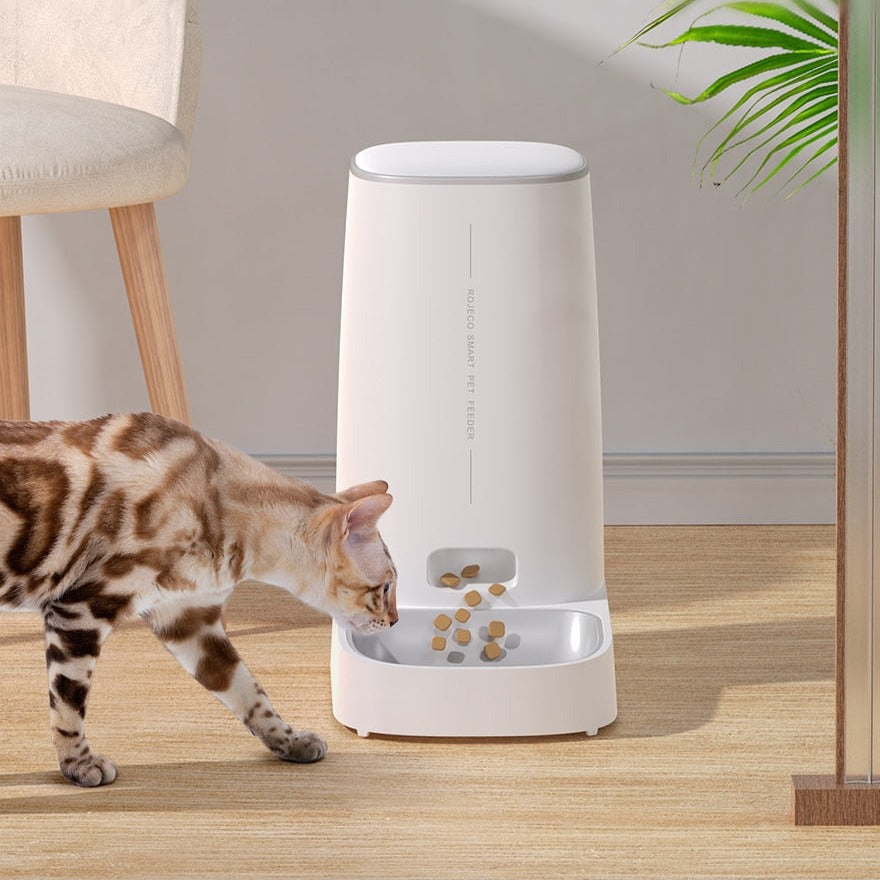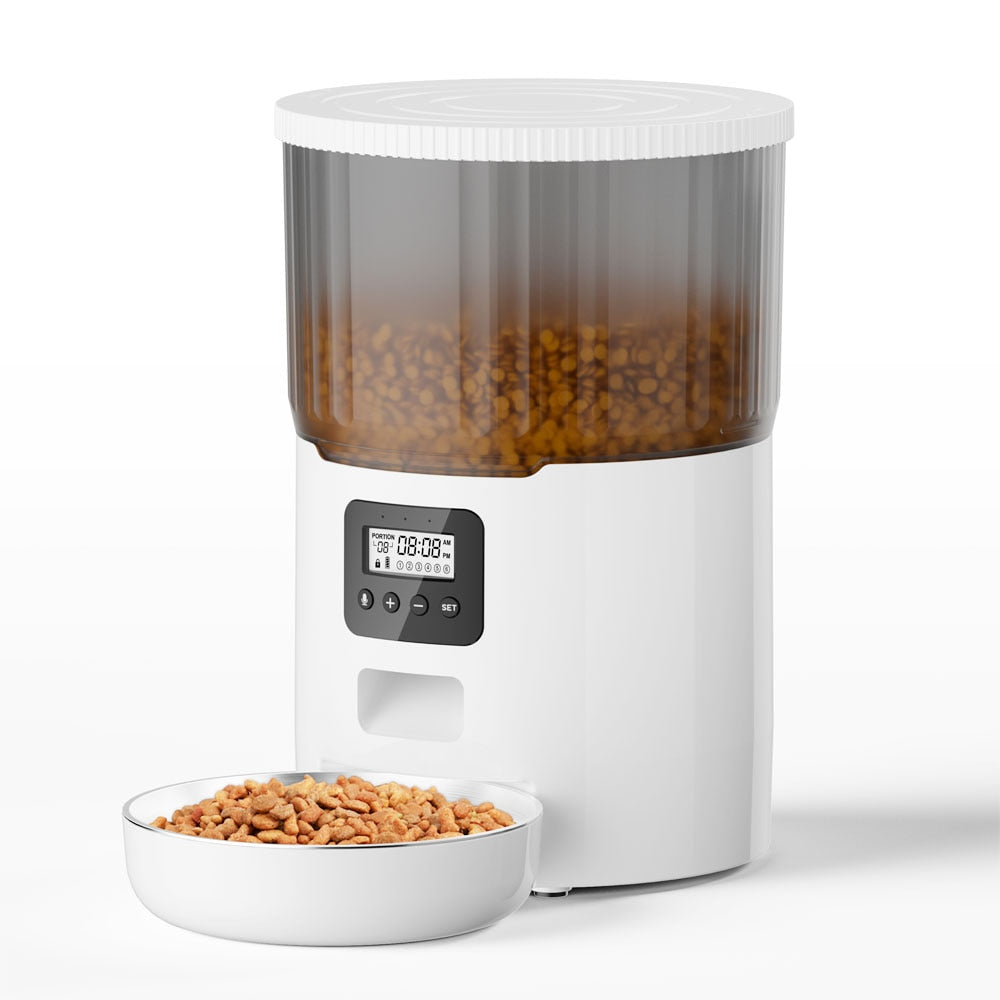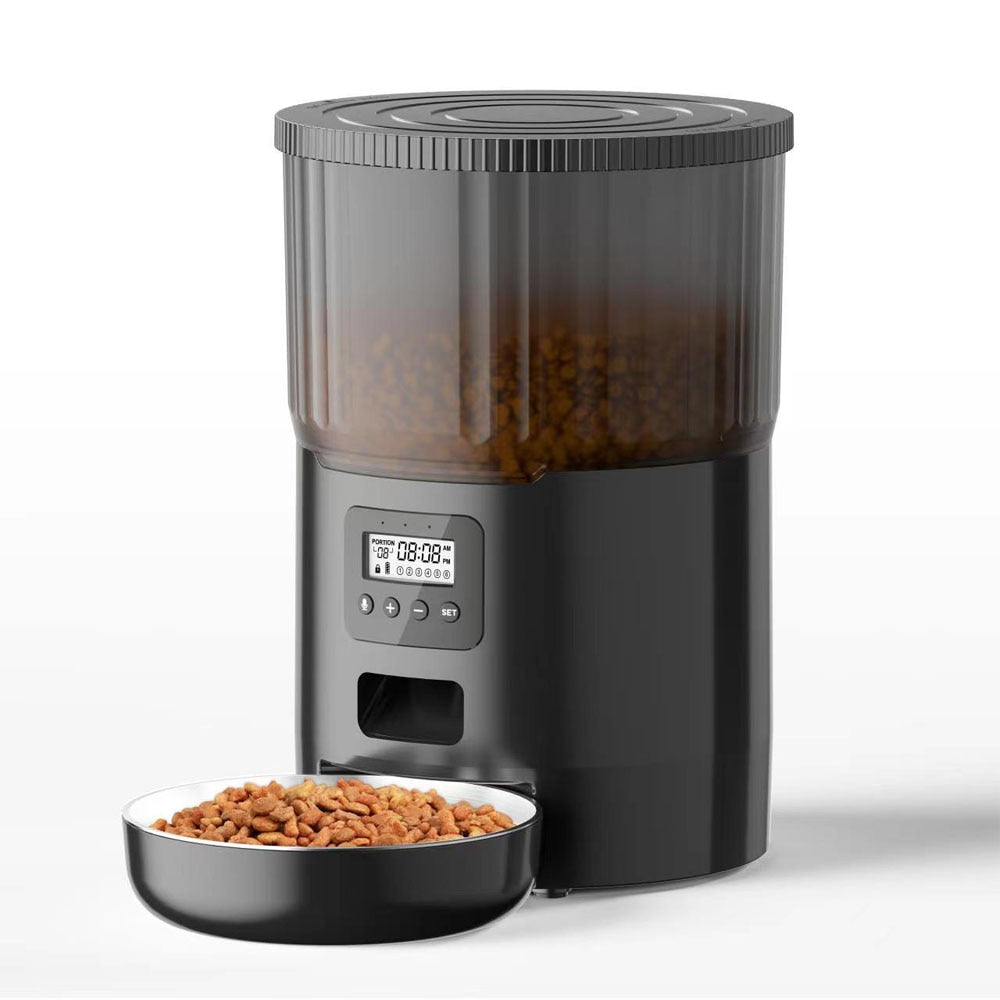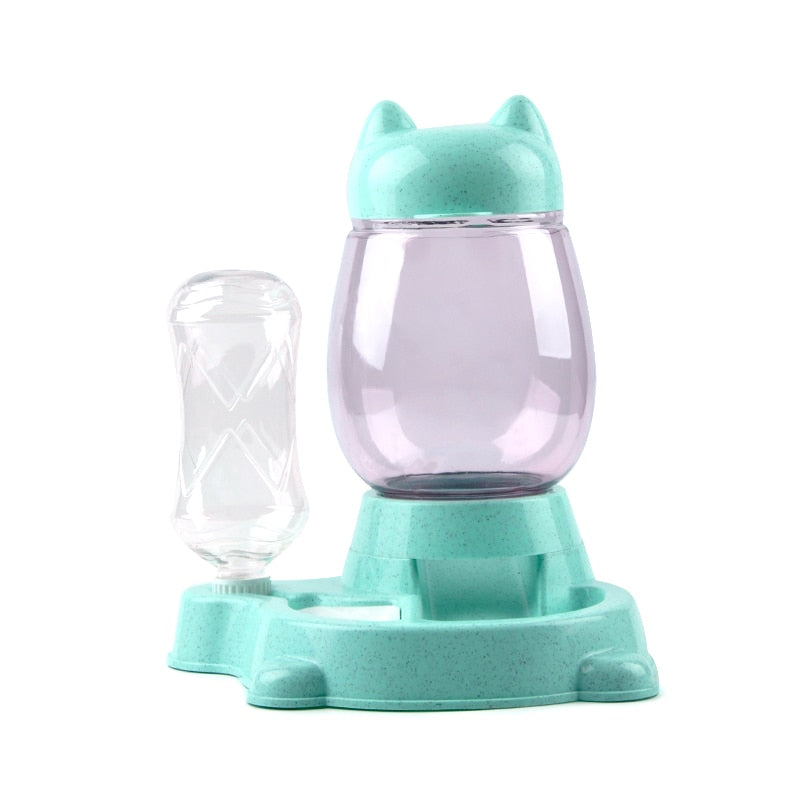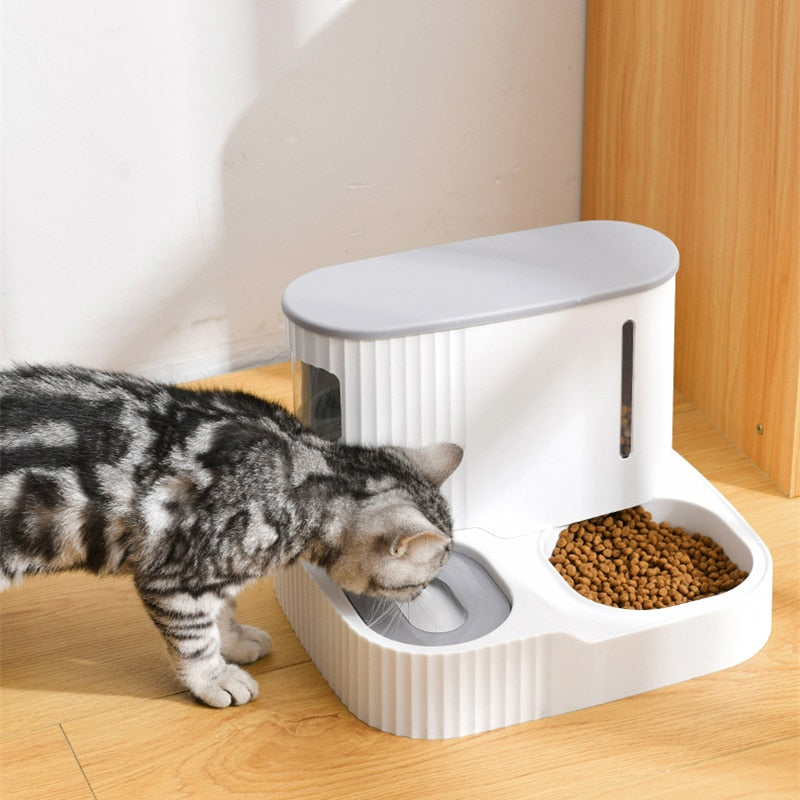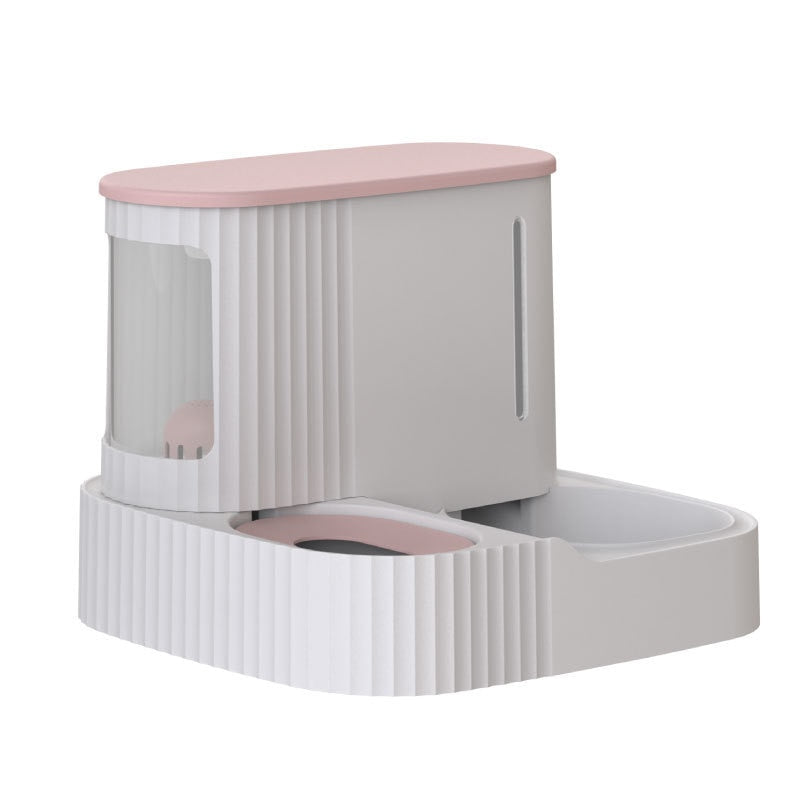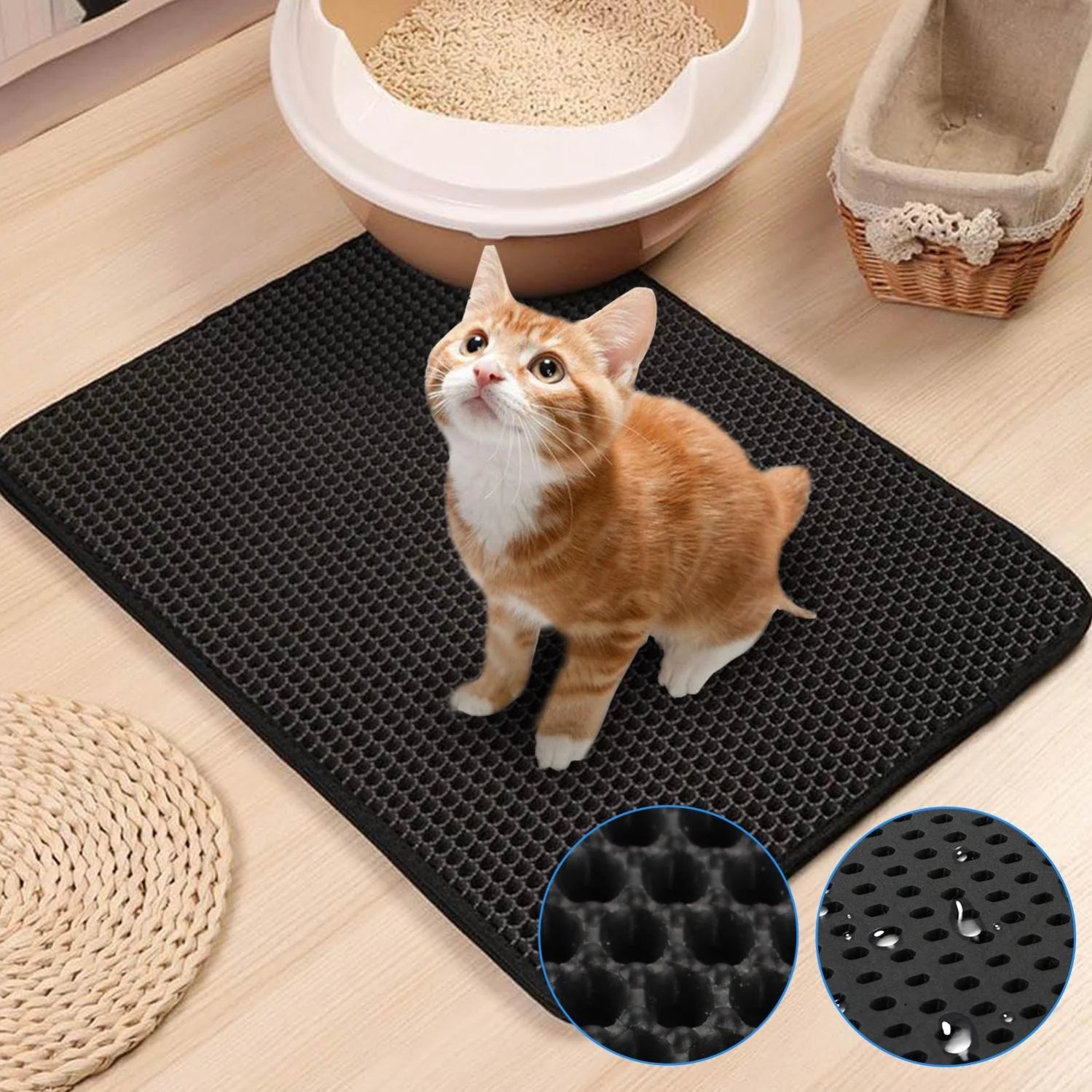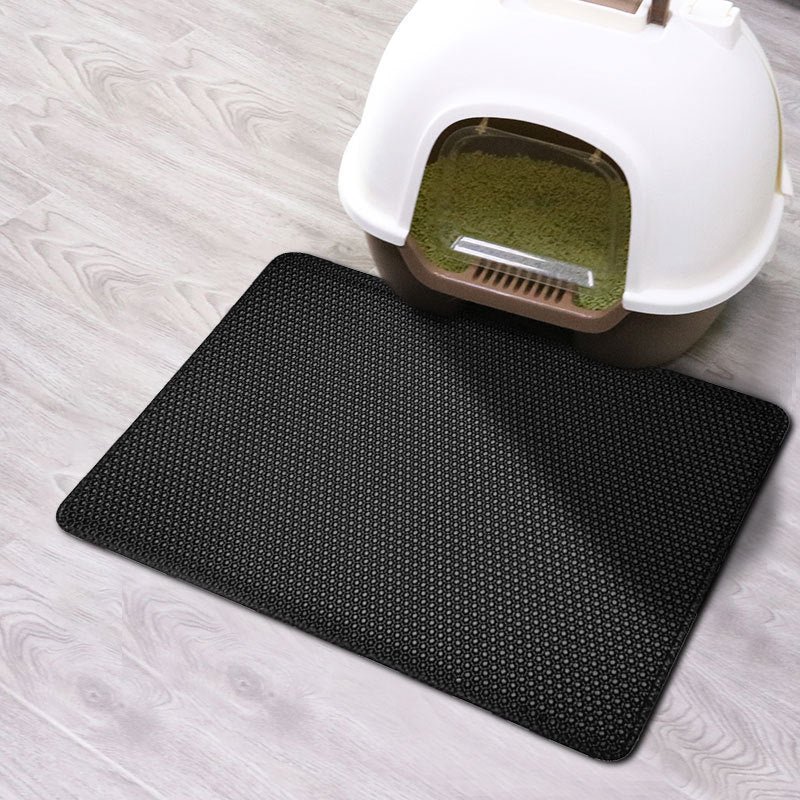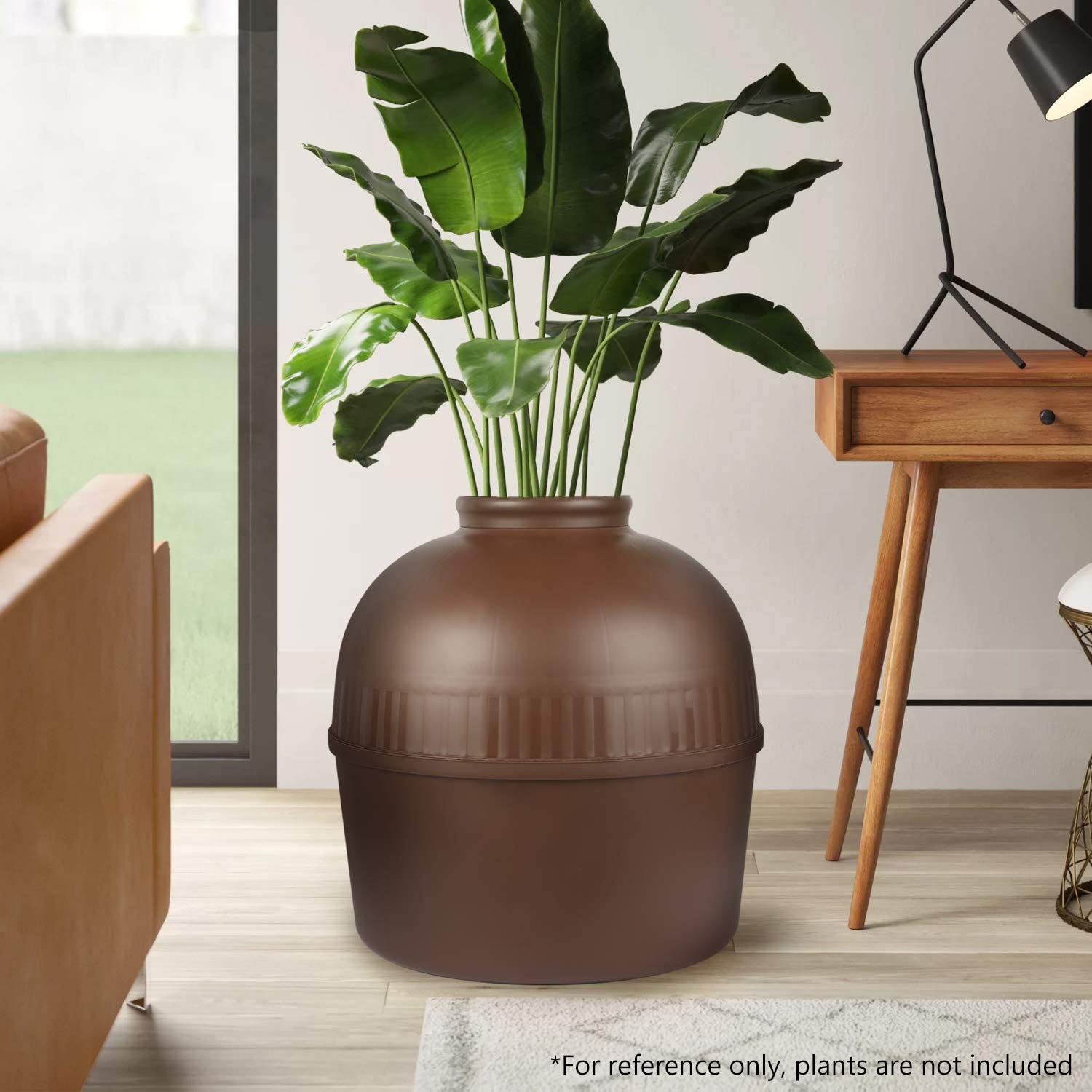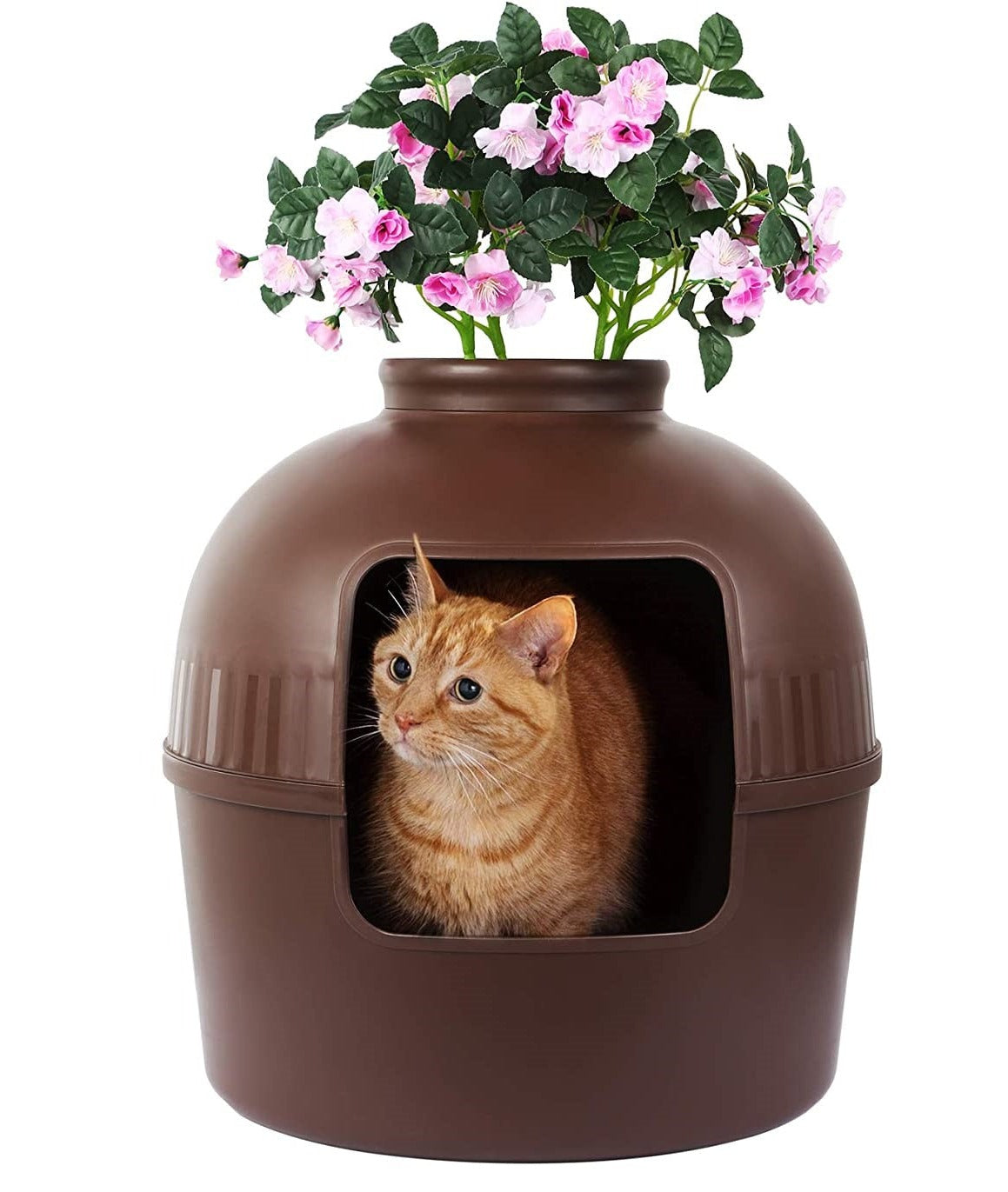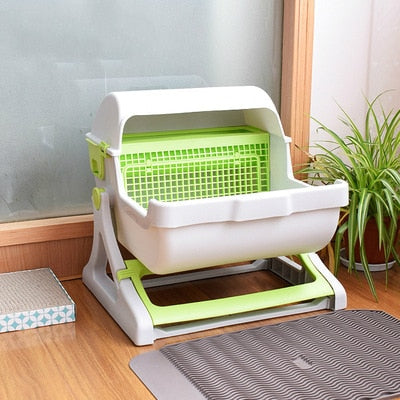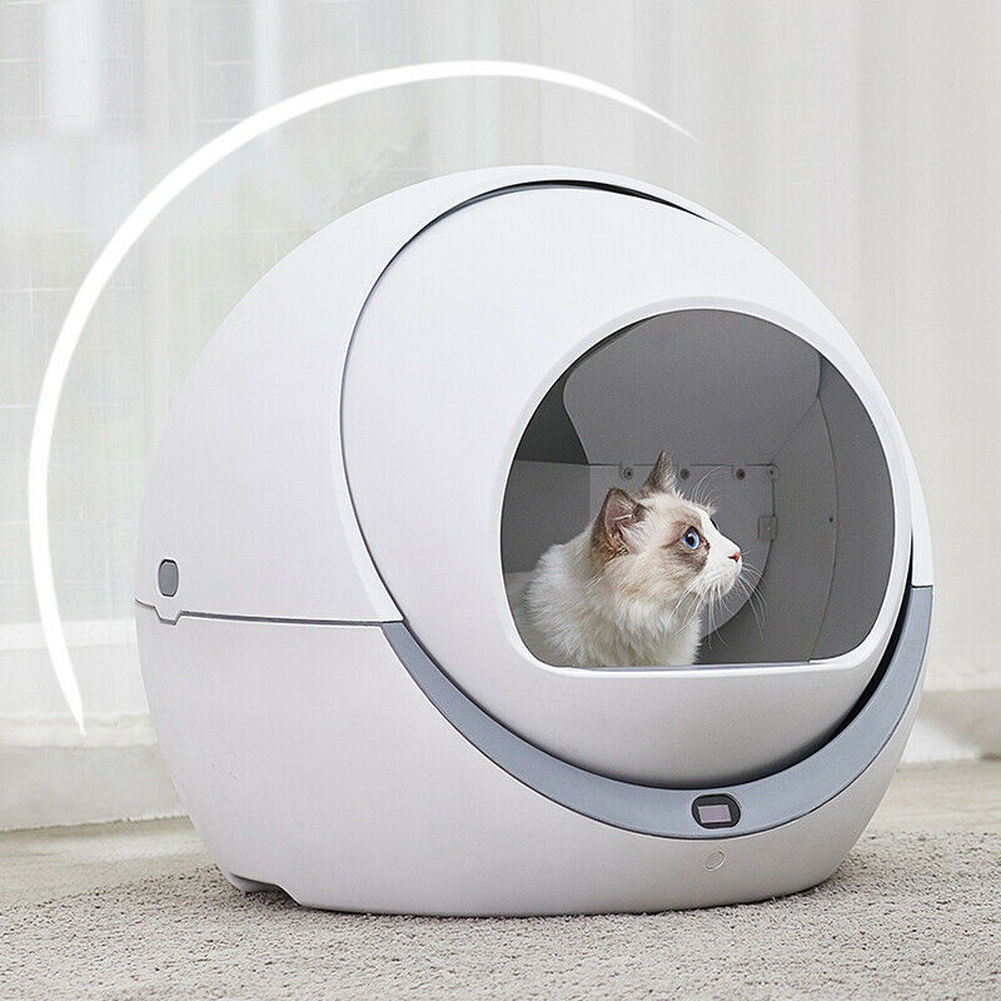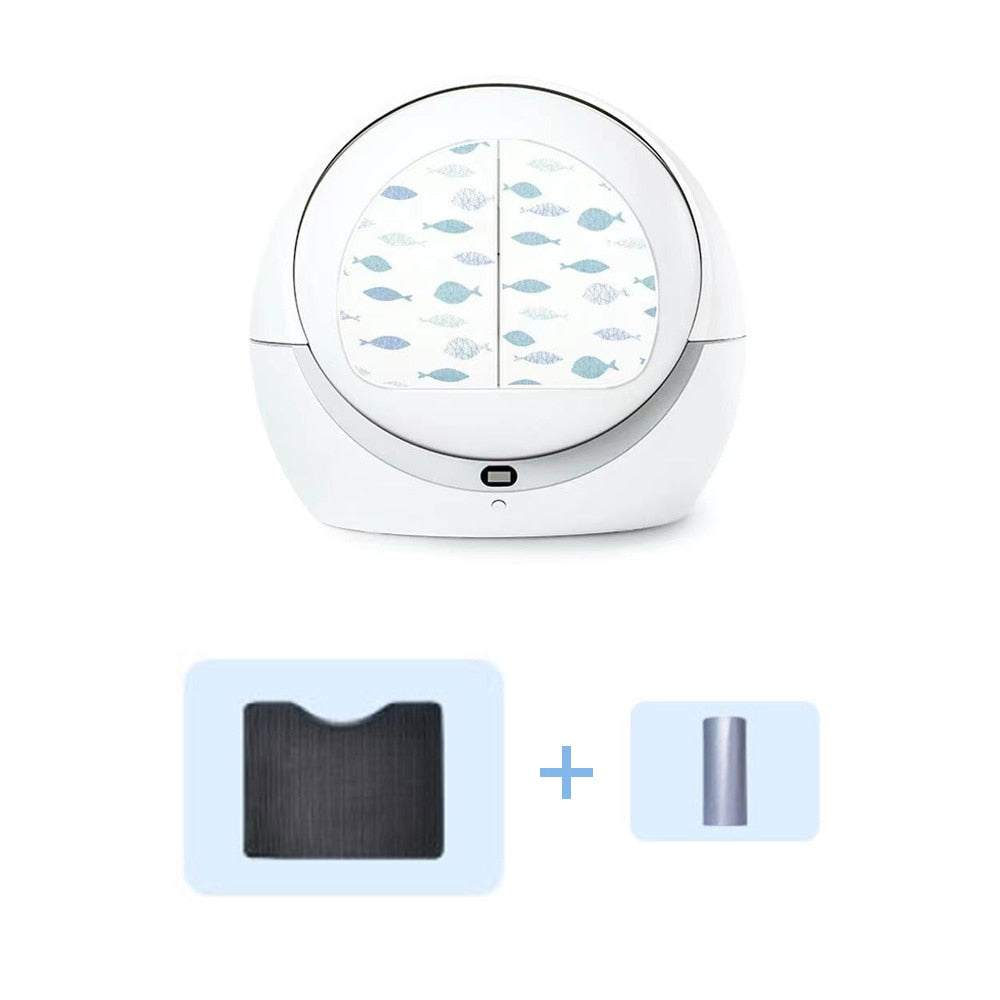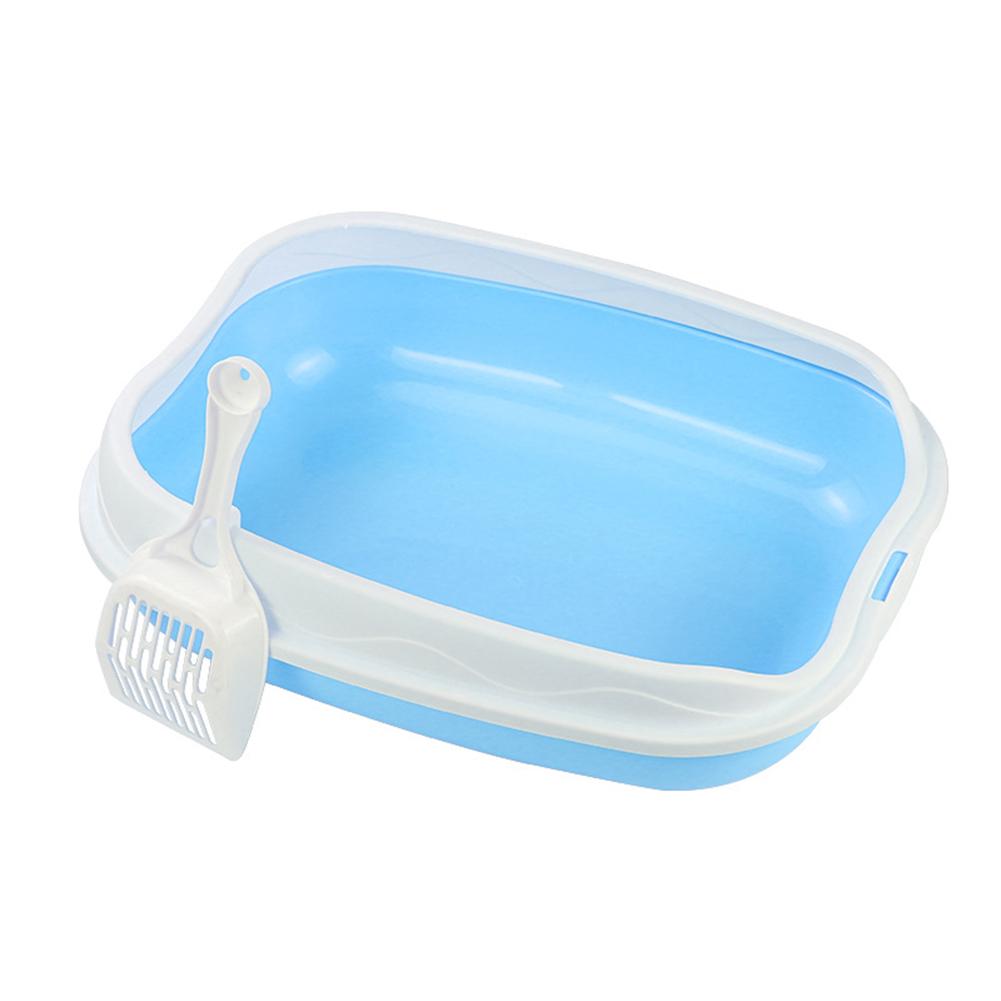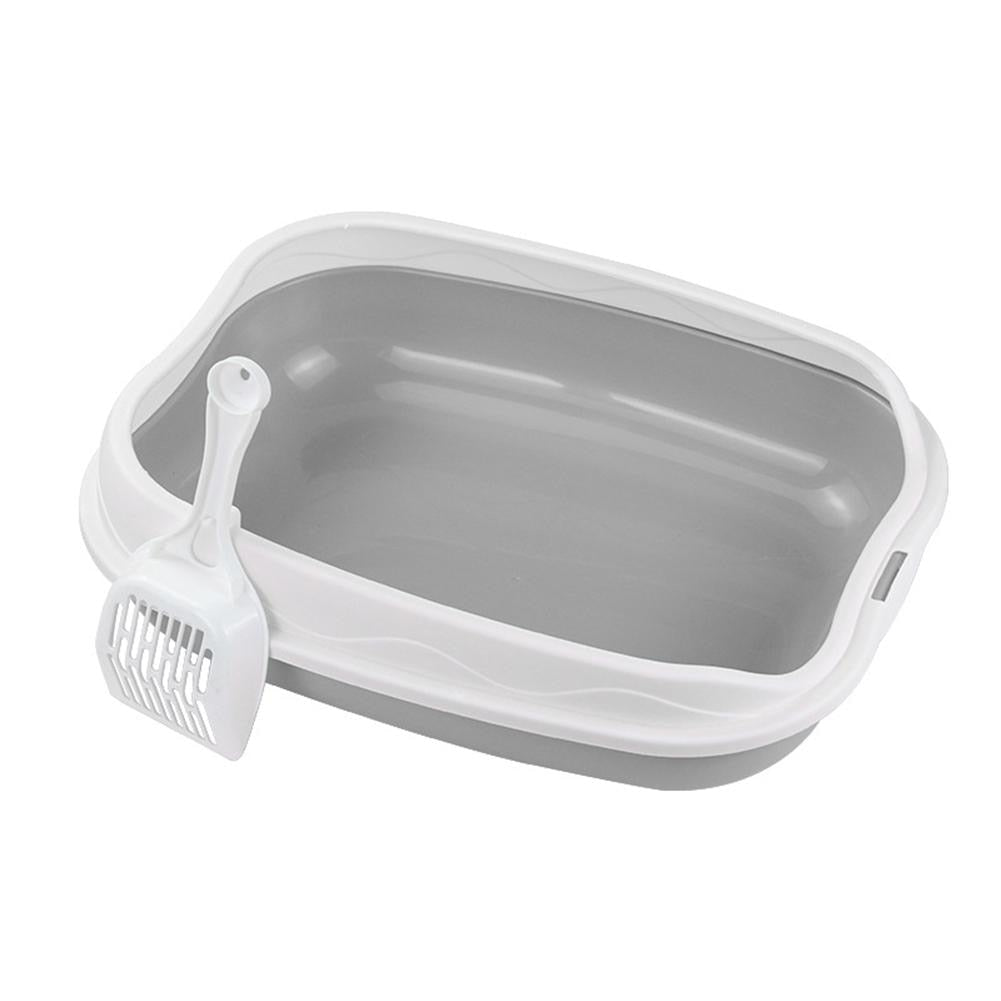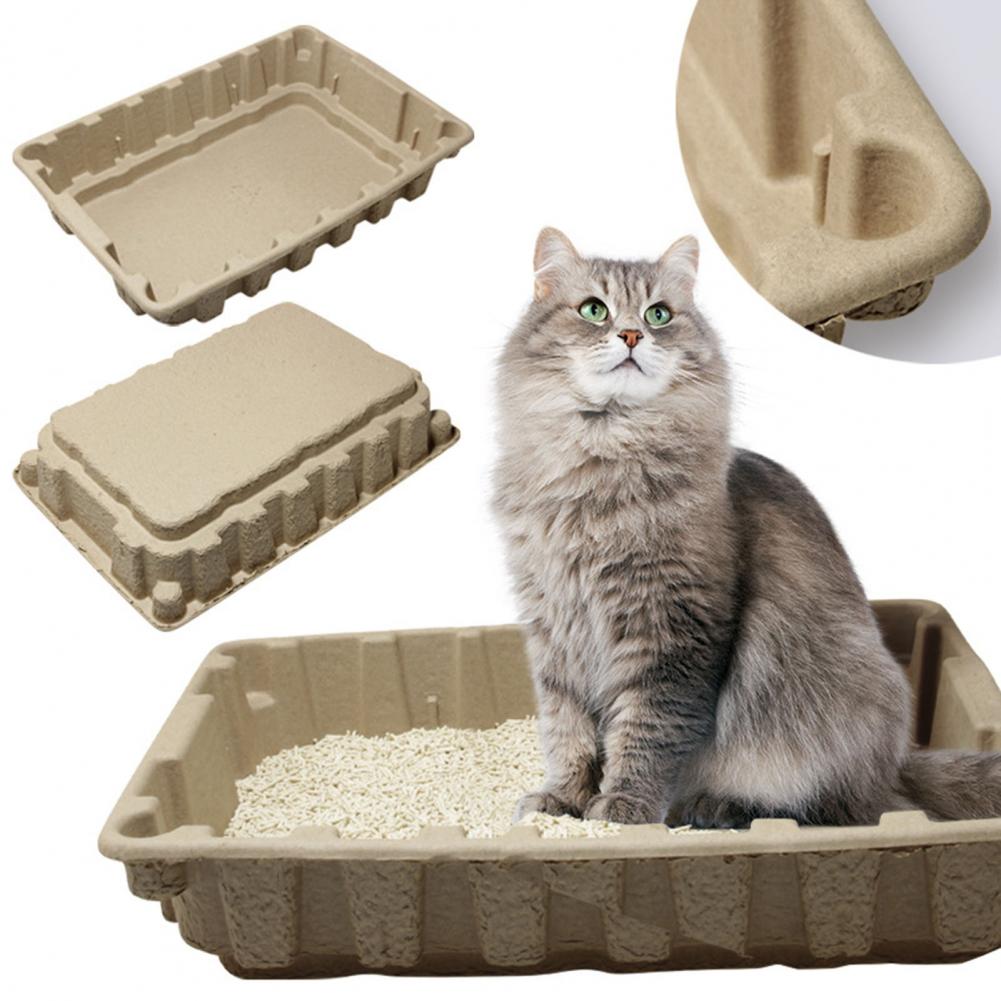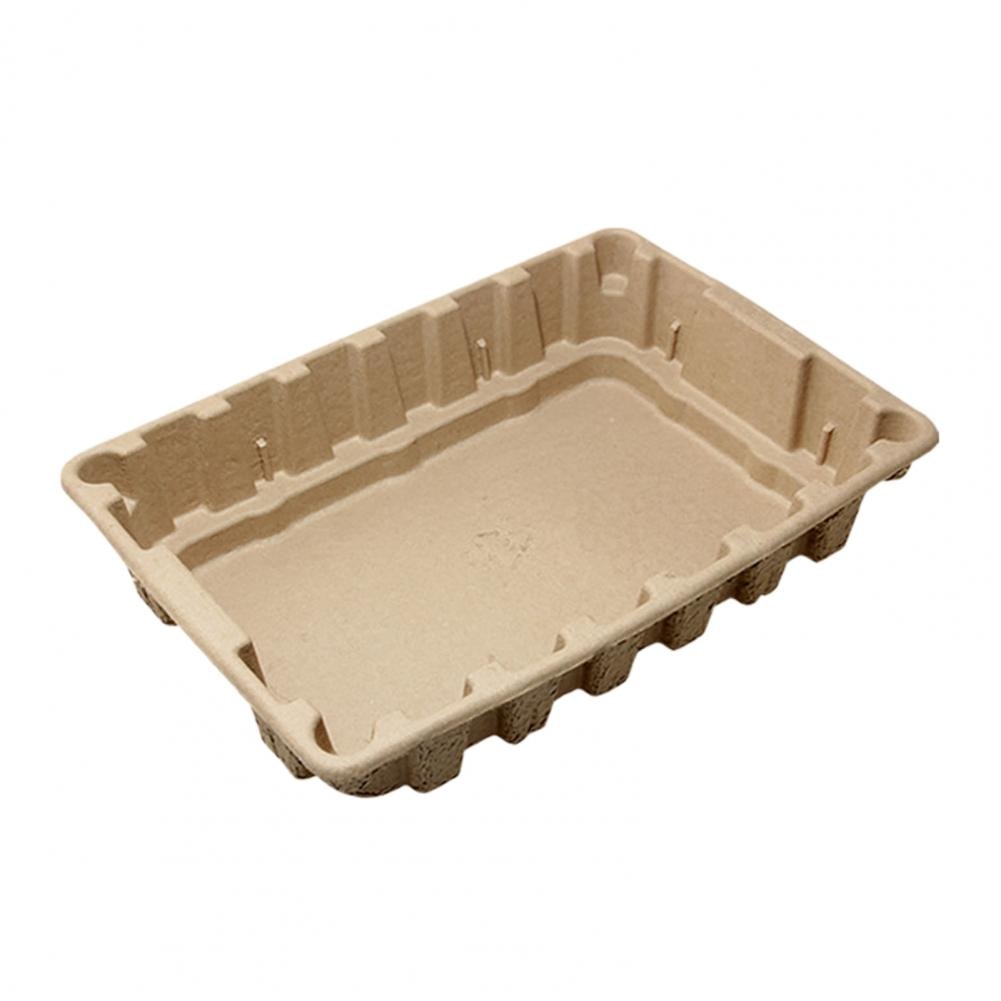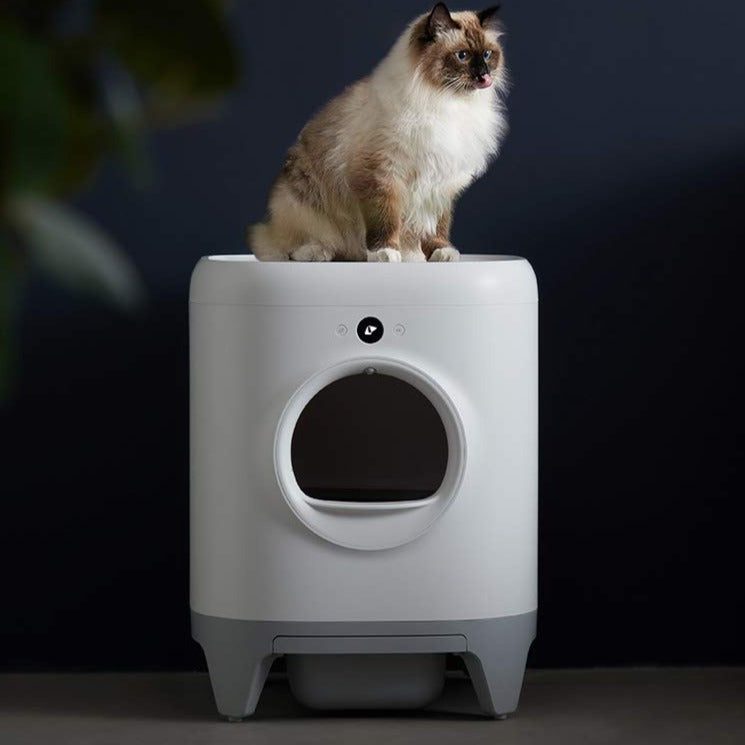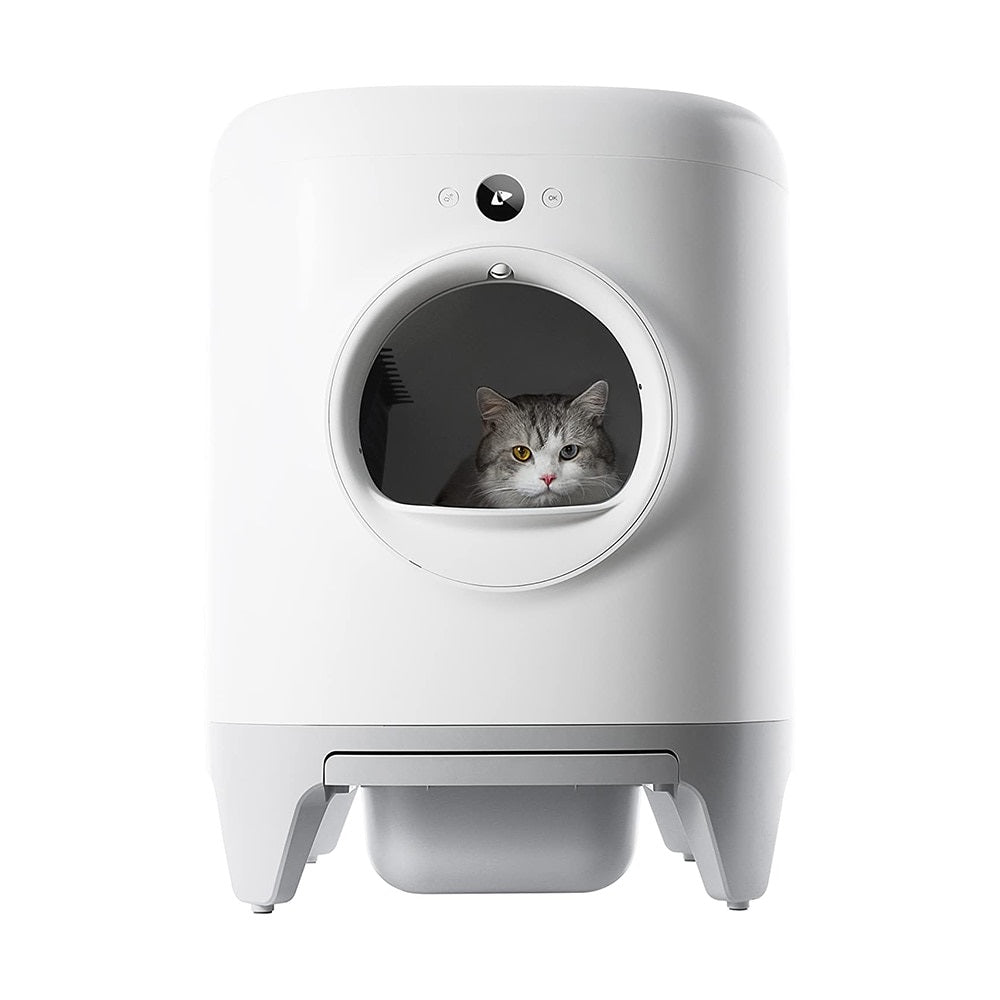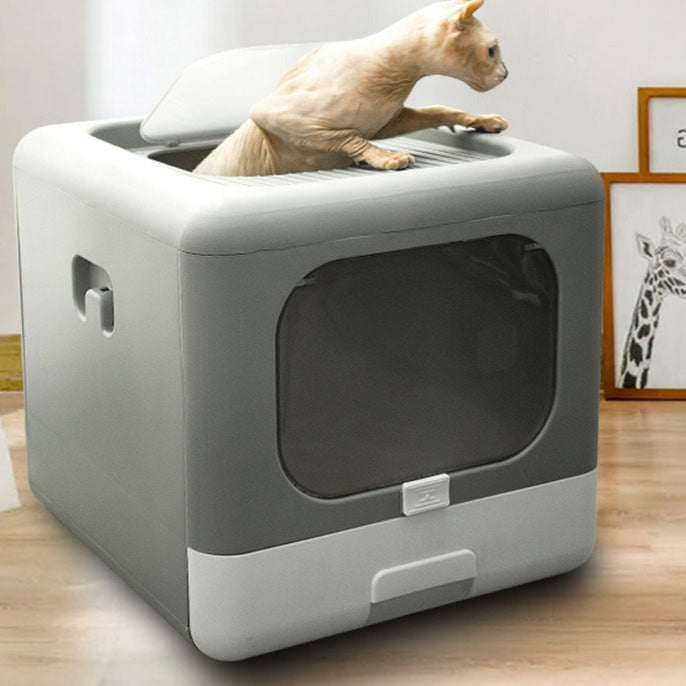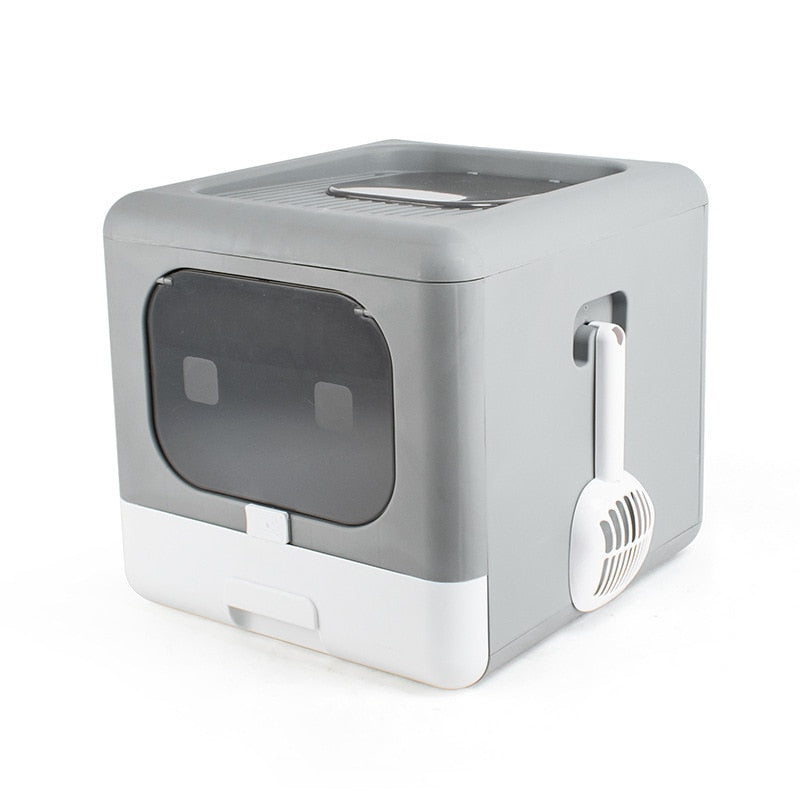Bengal Cat: Breed Information, Facts & History
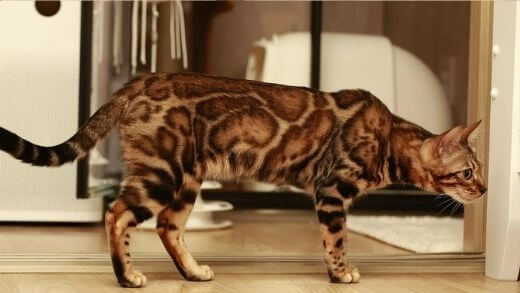
The Bengal: Character, education, health, price - The right cat for you

The result of a cross between a domestic cat and a wild cat, the Bengal is an animal endowed with great vivacity, an adventurous and playful spirit, as well as a wildphysical appearance but graceful.
The most domestic of the cats of wild origin
To let you know if this particular purebred cat is right for you, this article invites you to discover everything you need to know about this breed of cat , the Bengal, its history, origins, physical and behavioral characteristics and many more.
The Bengal in Video
Who is the ideal cat for?
The Bengal is a very active and playful cat, not to mention his very affectionate side. Despite his powerful physique, he remains a calm animal, with a short coat that won't hurt your carpet.
The Bengal is the ideal cat for both family life and life alone. Also, whether you are in an apartment or in a house, the Bengal remains a cat who knows how to adapt to the environment. In addition to being faithful to his owner, he gets along a lot with other pets and brings a lot of fun to the children of the house with his playful side.
Do not hesitate to consult theguide cat breeds by Univers Chat if you are not sure if this cat is exactly for you.
Origin and history of the Bengal
This breed was developed in the United States, more precisely in California, after the work of Joan Mills. The desire was toobtain a cat that would most resemble a wild feline. The Bengal is thus the result of the cross between a domestic cat (American Shorthair) and an Asian wild cat (Bengal leopard cat).
It was officially born in 1963 and found itself in a cat show for the first time in 1985. The Bengal has now won the hearts of many masters around the world.
Physical characteristics of the Bengal
The Bengal has a majestic appearance similar to that of a small wild cat, with a head that is longer than it is wide and smaller in relation to its body. On this head we find round eyes, large and spaced, which can be green, gold or blue, depending on the animal's coat. He has triangular ears, small and rounded at the end.
Its body is very robust, powerful and particularly long, ranging from medium to large in size, with a thick tail at its base and thinner at the end. In terms of its weight, the Bengal is considered heavy with 5 to 9 kg for a male and 4 to 7 kg for a female. He sports a coat with short, dense, smooth and silky hair.
Speaking of his coat, the Bengal's coat is a hallmark of his breed. The 2 main patterns are: the Spotted tabby and the Marbled. The spotted coat is similar to that of a leopard and is characterized by rosettes. The mottled coat is distinguished by very wide marbling elongated horizontally. This dress can have different colors: brown, ivory and cream, with blue or brown markings.
Behavior of the Bengal
From his very active side, the Bengal is quite curious, which will very often lead him to want to broaden his field of action. It is therefore very important to keep it in a place where it cannot escape, lest it have an accident outside. Despite this wild side, deep down, the Bengal cat remains a very sociable animal in the family, which is suitable for the company of adults and children alike and remains very attached to its owner. In addition to being sociable, he gets along well with other pets and knows how to be very playful, especially with children.
Health and care for the Bengal
Despite his muscular and very playful appearance, the Bengal very often faces several hereditary pathologies specific to his breed. One distinguishes mainly the affections of the nervous system, or the dysplasia of the hips. However, beyond these ailments, the Bengal remains a very robust cat, because the benign disorders which could appear at a young age, disappear with time, and without medical recourse.
Added to this, it is imperative to integrate that the Bengal remains a cat like any other, and therefore it must be treated with care. Thus, weekly dental hygiene, meticulous maintenance of the claws, ears, corners of eyes, and many others are there to avoid him any infection in addition to his diet which will have to remain suitable.
Both preventively and curatively, maintaining a cat regardless of breed remains a very heavy burden in terms of veterinary costs. The Bengal, being a very active and curious animal, could easily find itself in a situation that will make you spend a lot of money. So, the ideal is to take out health insurance for your Bengal.
Does the Bengal need a specific food?
The Bengal is an active and muscular cat. Thus, it should first of all be noted that he must have a satisfactory and sufficient ration to compensate for his daily energy expenditure and for a kitten to satisfy his growth. His diet should be rich in protein, lipids, vitamins and minerals to prevent certain health concerns and not carbohydrate.
First of all, due to its stomach and energy and calorie requirements, it is best to feed the Bengal kibble that is perfectly suited to its strict carnivore diet, that is, kibbles made up mostly of meat. Indeed, these croquettes must contain all the nutrients he needs, that is to say as much meat or fish as possible, no cereals, and as few starches as possible
You can find these croquettes at the veterinarian or in a specialized store (physical store or on the internet). Note that supermarket croquettes should be avoided at all costs!
What budget to have a Bengal?
The price to get a Bengal varies considerably, due to several parameters. Indeed, the price depends on factors such as: the race, the sex, the pedigree of the parents, the conformity to the standards of the race, its age, or the characteristics of its coat.
However, in general, you will have to:
- Plan between 400 and 2500 € to obtain a Bengal male.
- Allow between 500 and 2500 € to get a Bengal female.
If the different characteristics and the price of Bengal cats are not a hindrance for you, you should not also forget the food, cleanliness, care and accessories budget for your future cat.
On this point, Bengal cats are similar to other cats, so in the budget of your future cat you will have to provide:
For recurring purchases in a Bengal cat
- Food, if you opt for dry food such as kibble, consider around € 87 to € 100 per year for this cat.
- The bedding budget during the year will be around 100 € to 150 € depending on the brand.
- Annual care including vaccination, antiparasitic, dewormer are estimated at around € 150 to € 240
For occasional purchases or at the start of adoption
- The litter box or toilet house, here for a single box plan around twenty euros and for a self-cleaning bin 100 €.
- A cat tree for its activity and for scratching, count 50 € to 200 € depending on the desired quality.
- Two bowls (around 10 €) or a kibble dispenser (70 € to 200 €) plus a water fountain (50 € to 100 €)
- Various optional accessories adapted to the size of the Bengal such as a basket, a gps collar for cats etc. …
In short, for the immediate arrival of your new little Bengal kitten, count an accessory and food budget of € 200 to € 400 depending on your needs.
Accessories adapted to the Bengal
For the well-being of your Bengal, you will need to provide bowls, both for its food and for its water. Added to that, a water fountain that will invite him to consume much more than he would have done with a bowl. For his entertainment, in addition to toys such as feathers or hanging balls, plan a scratching post so that it does not damage your curtains and especially your sofa at 2000 €. Accessories such as a glove or a bristle brush will also suit his hygiene.
For the comfort of your Bengal cat, you will need to get a bed with soft cushion, a transport basket, as well as a cat tree. Note that these tools must be large and strong enough due to the physical characteristics (mentioned previously) of the animal.
Goodies for Bengal lovers
TOP 1
Royal Canin Bengal Cat Food 2 kg
TOP 2
I adopt and educate my Bengal: Origins, ...
TOP 3
Bengal catcat
Photos of Bengal
Bengalwho play
" ‹ Of 7› »
Where to adopt a Bengal?
The Bengal being a breed officially recognized by the TICA (The International Cat Association), it is possible to find it in several places with real traceability as to its origin and its genealogical tree. So, to adopt a Bengal, you can go to a recognized breeder, if you show a concern for quality but above all to avoid illegal trafficking in animals.
So you can find a cat to buy a Bengal in a cattery, or to adopt in a shelter. As a last resort, you can adopt your hairball from a private individual. However, it is better to do it with a relative and not with a stranger in order to avoid any participation in animal trafficking.



